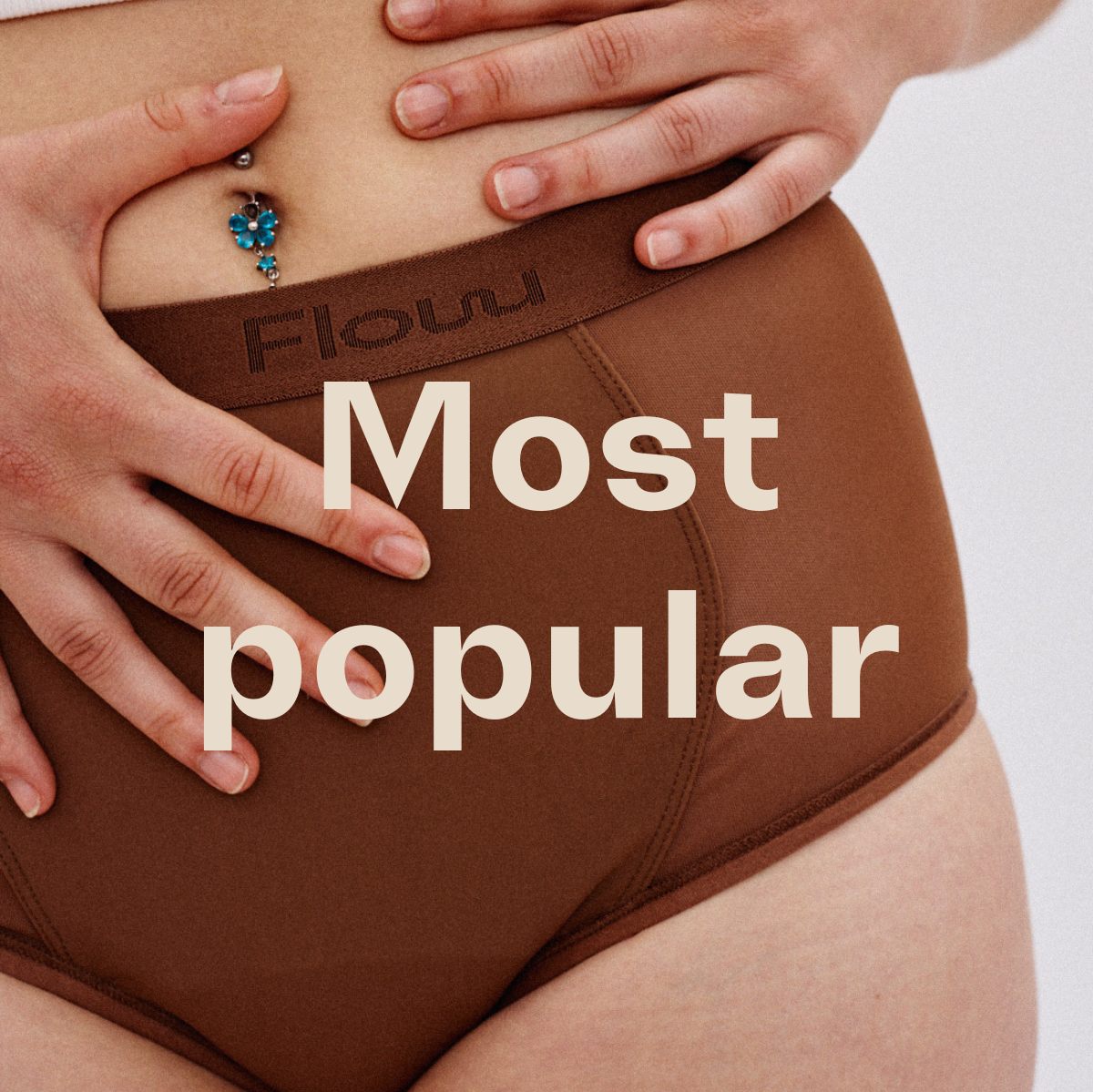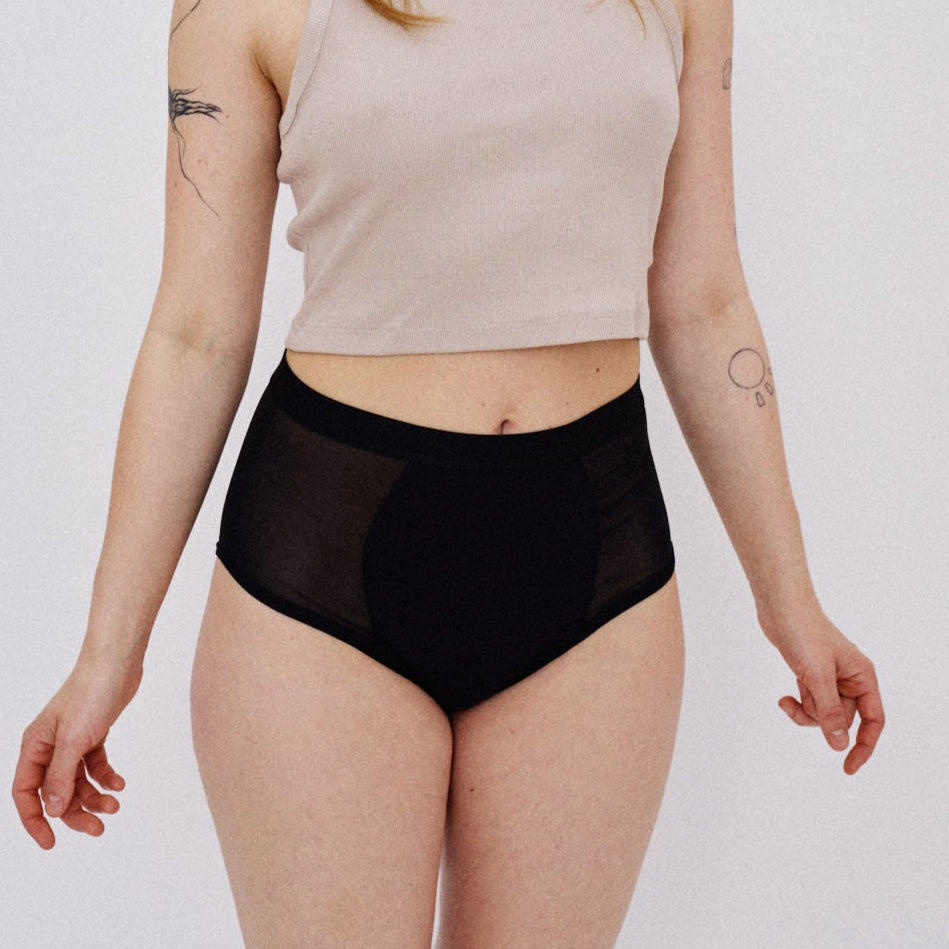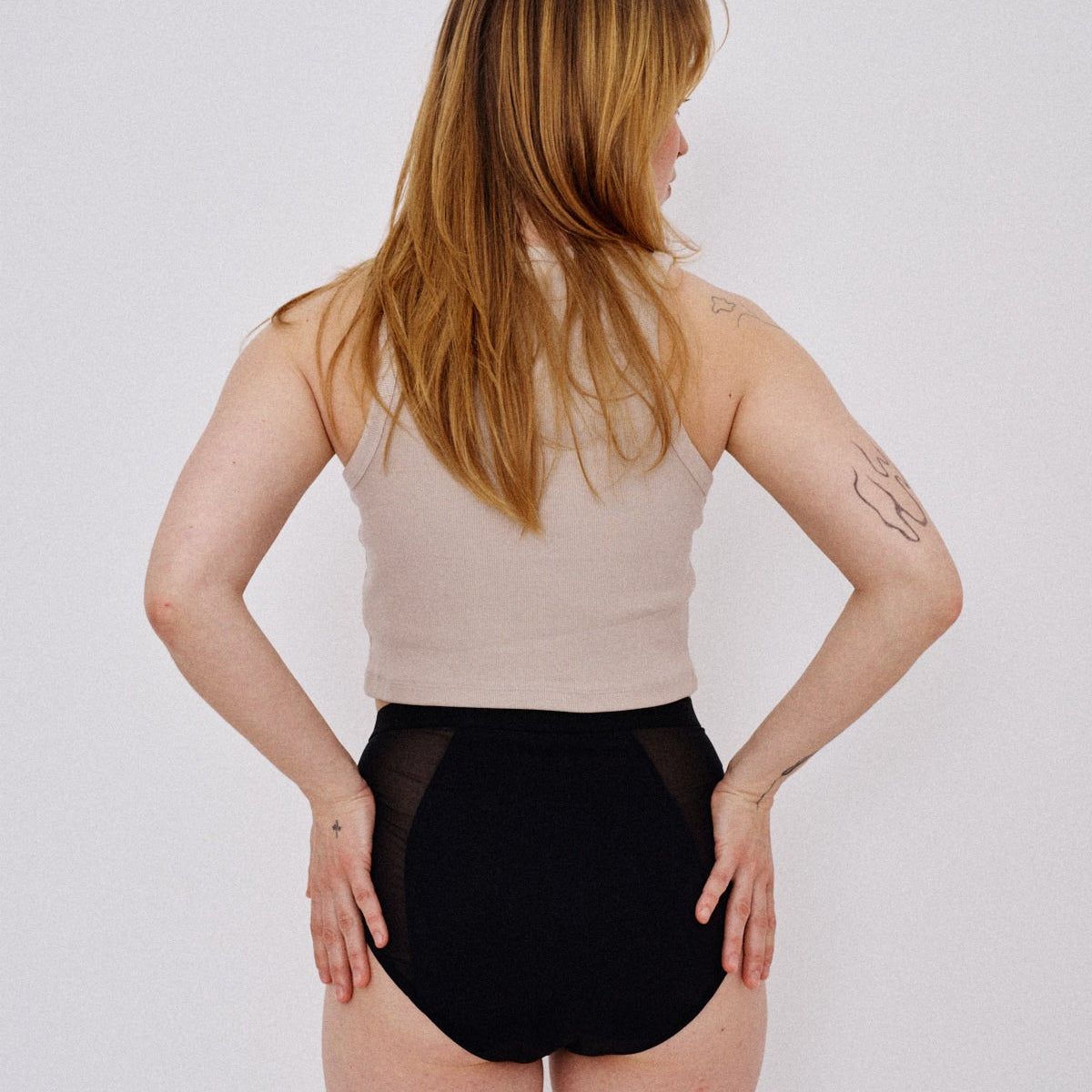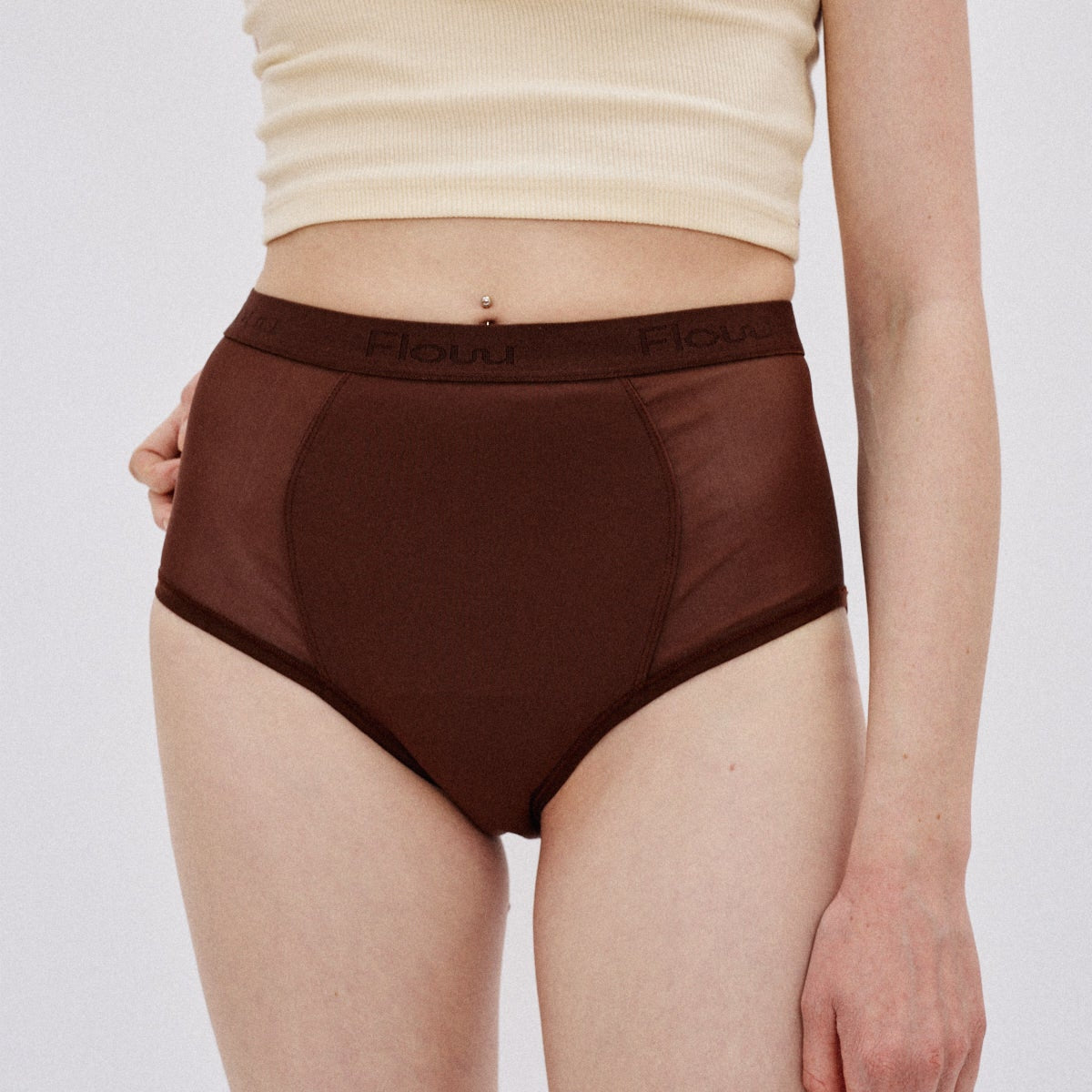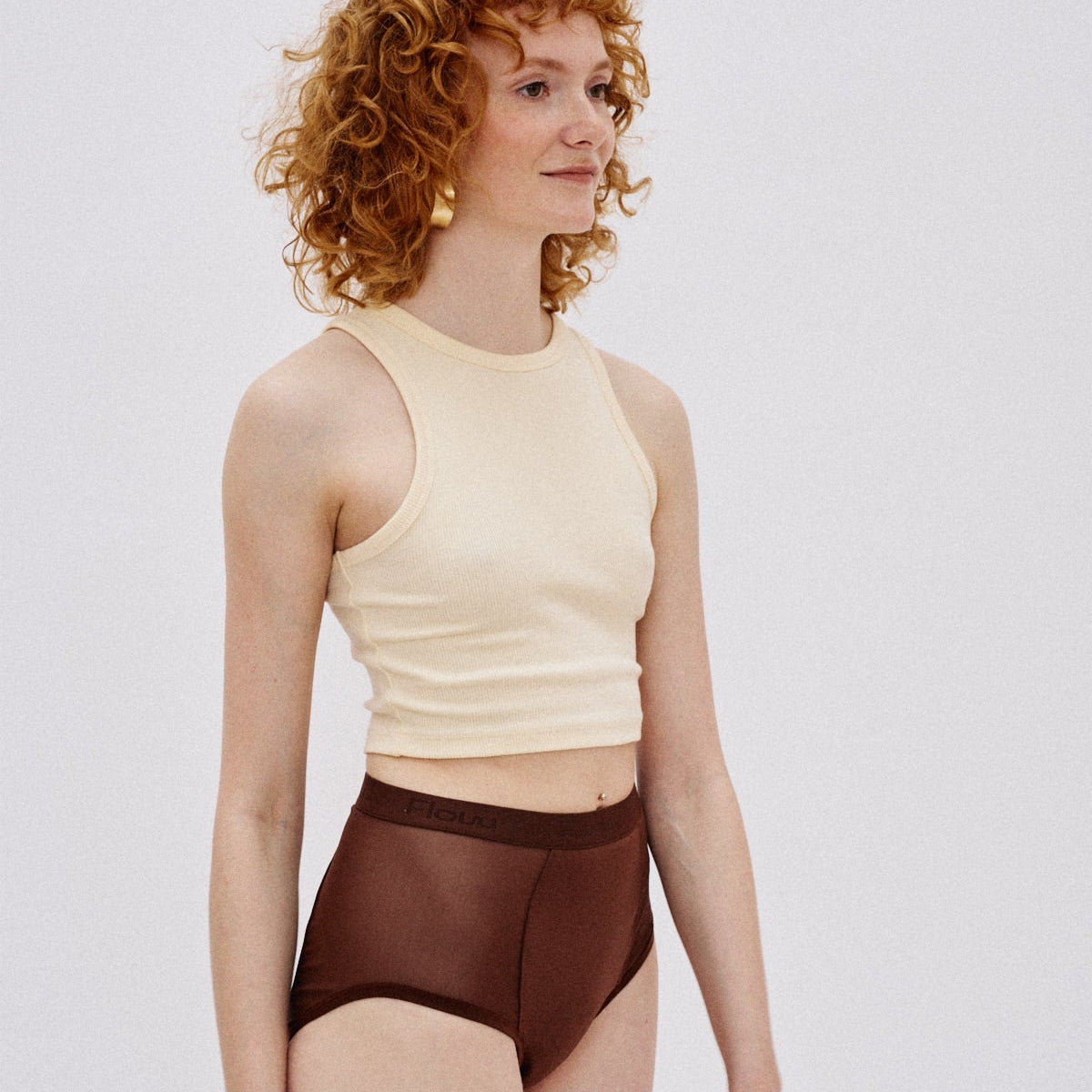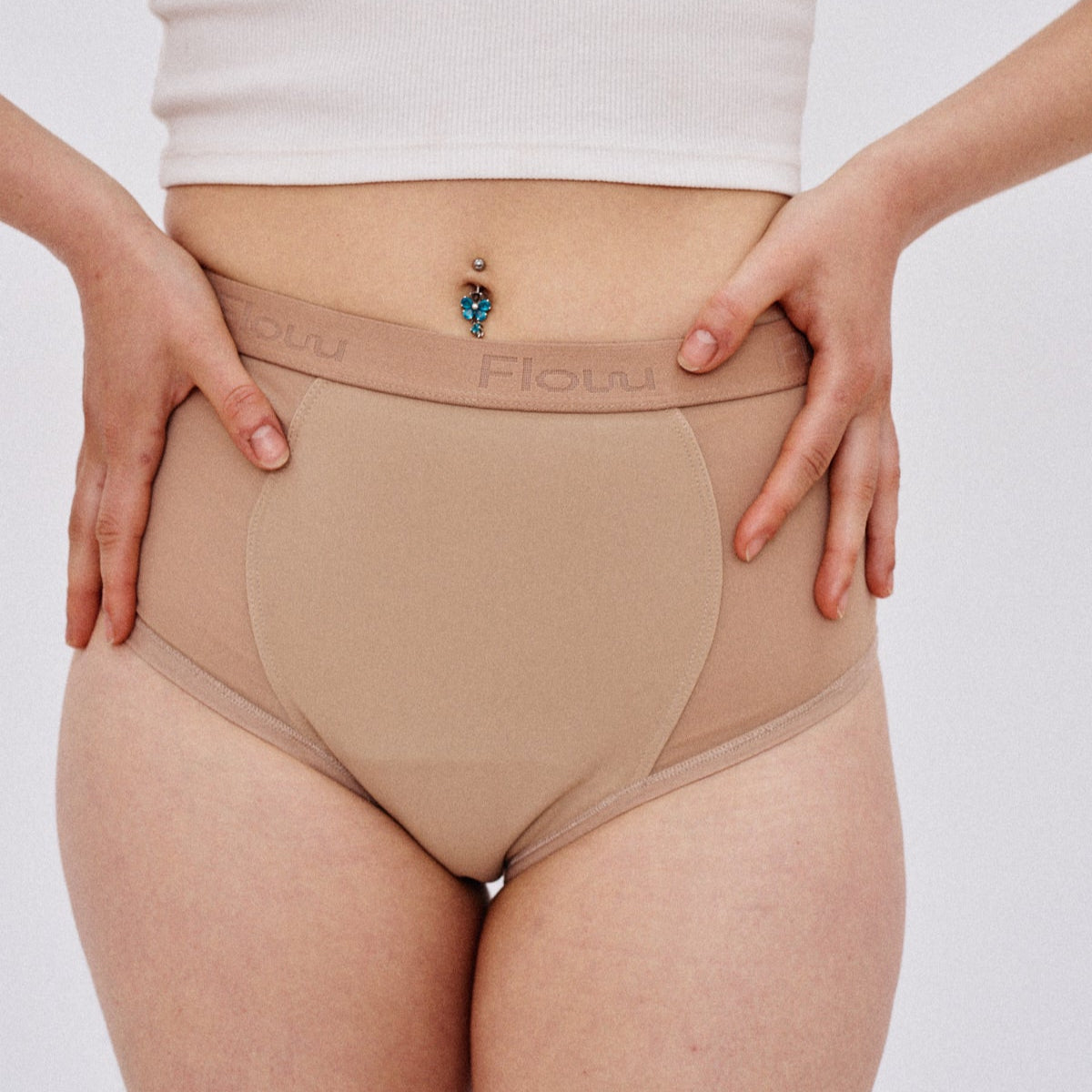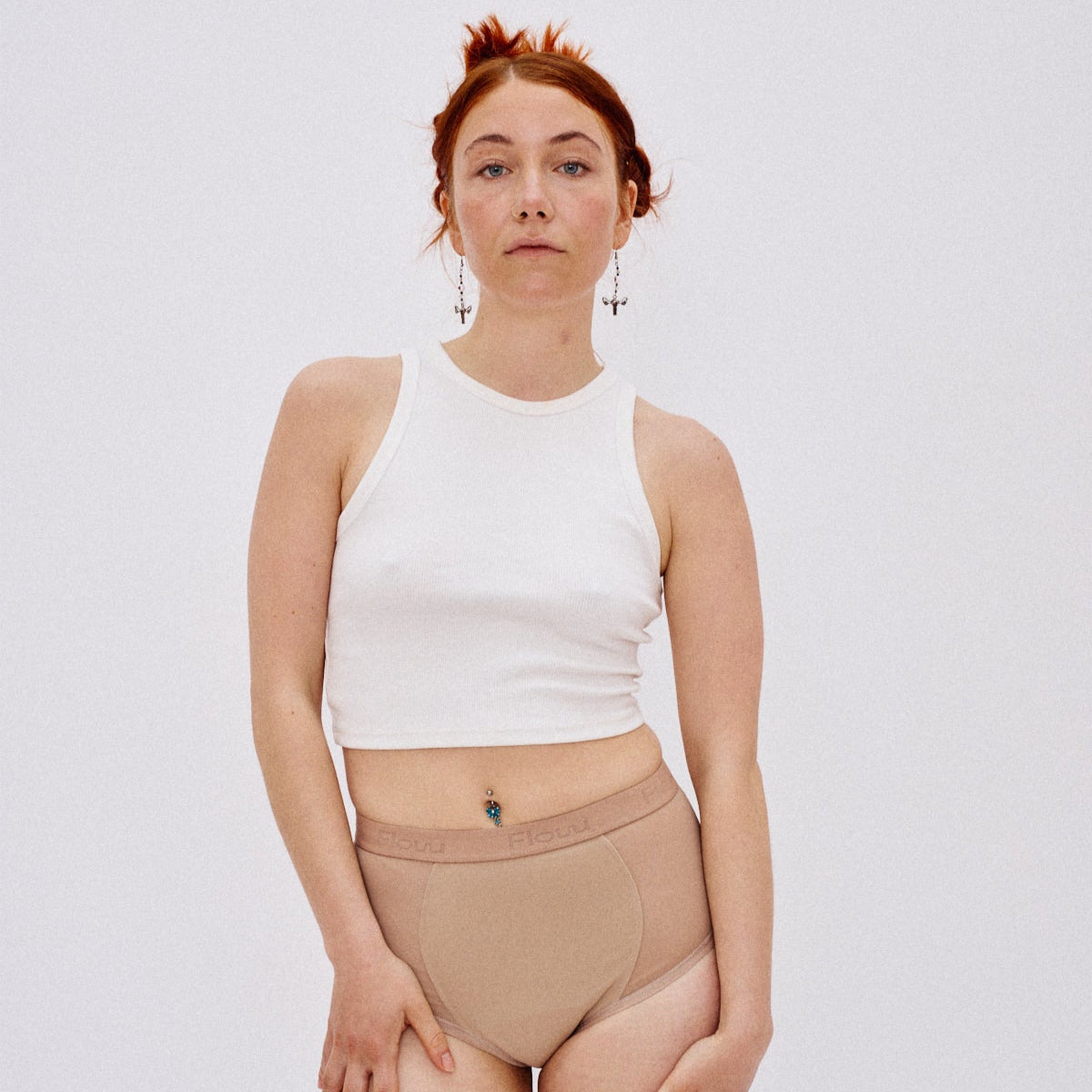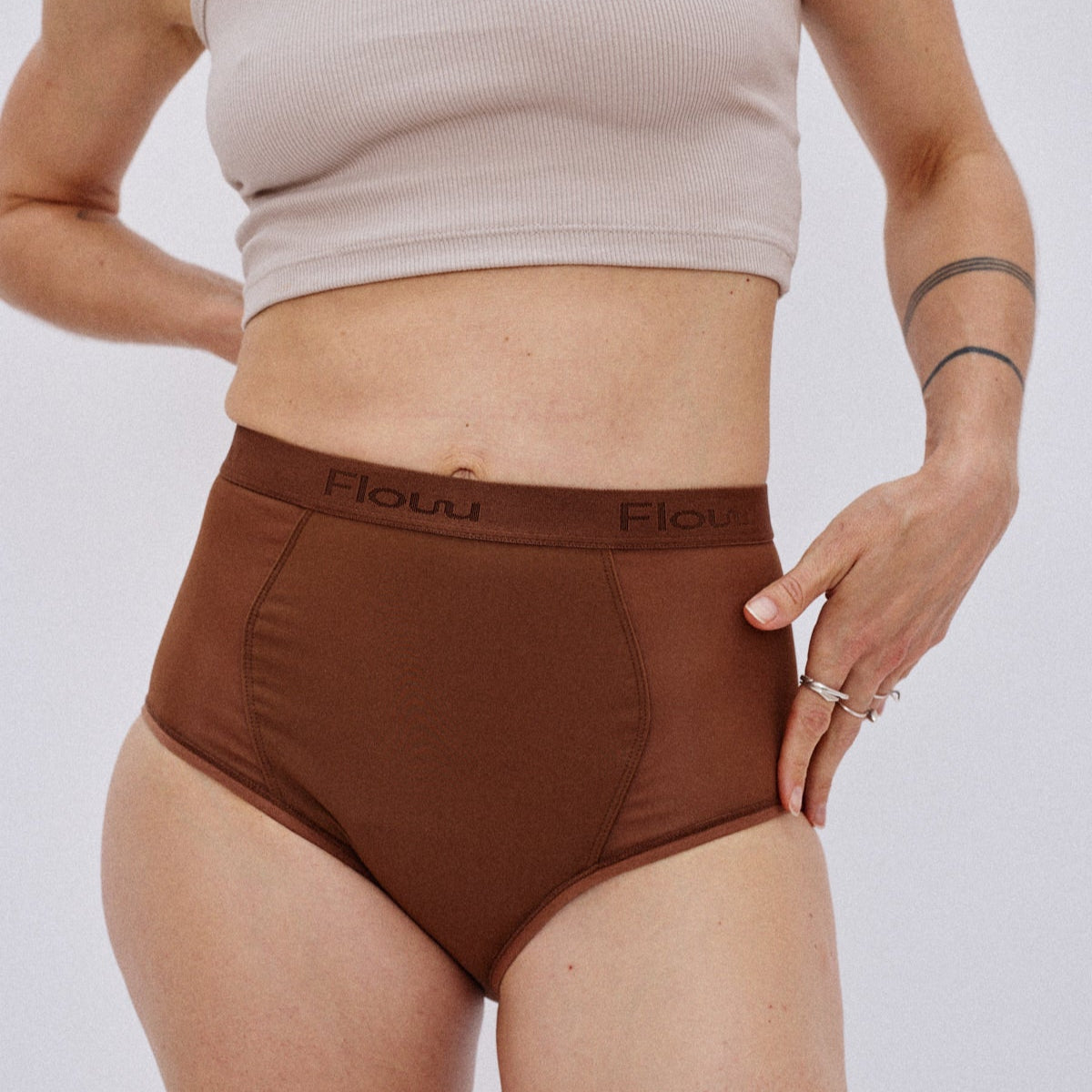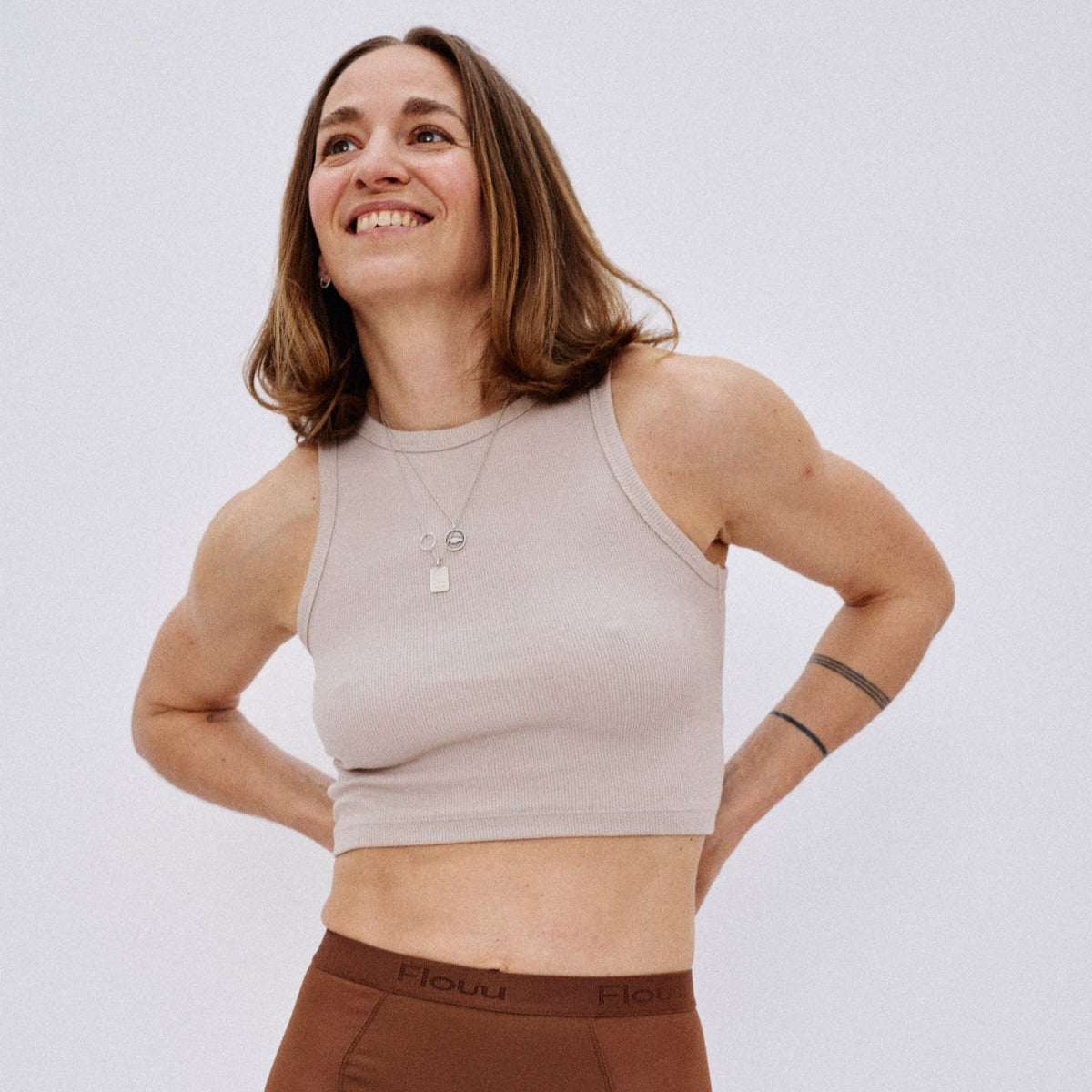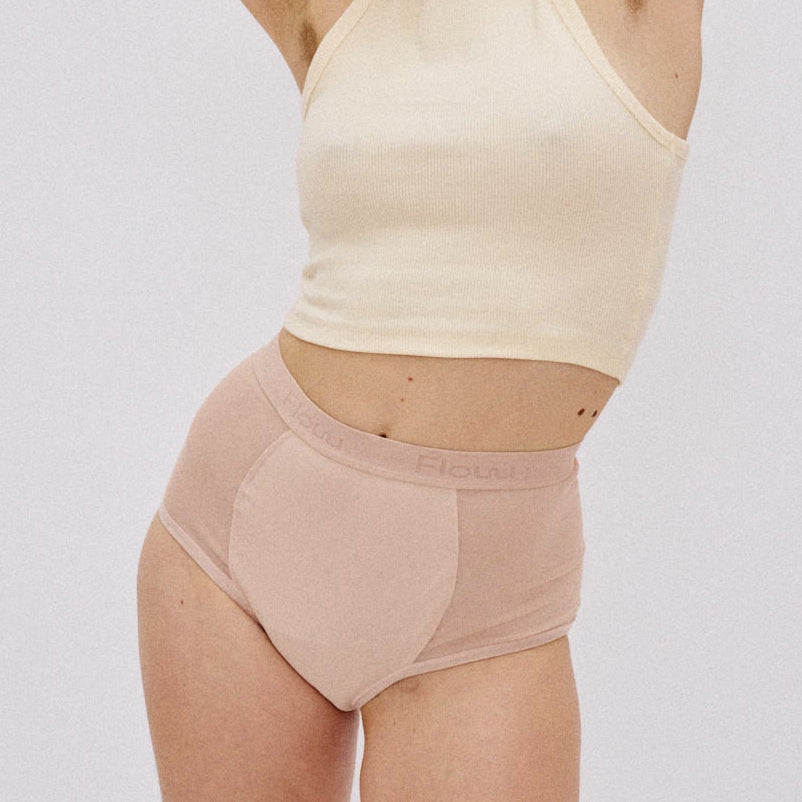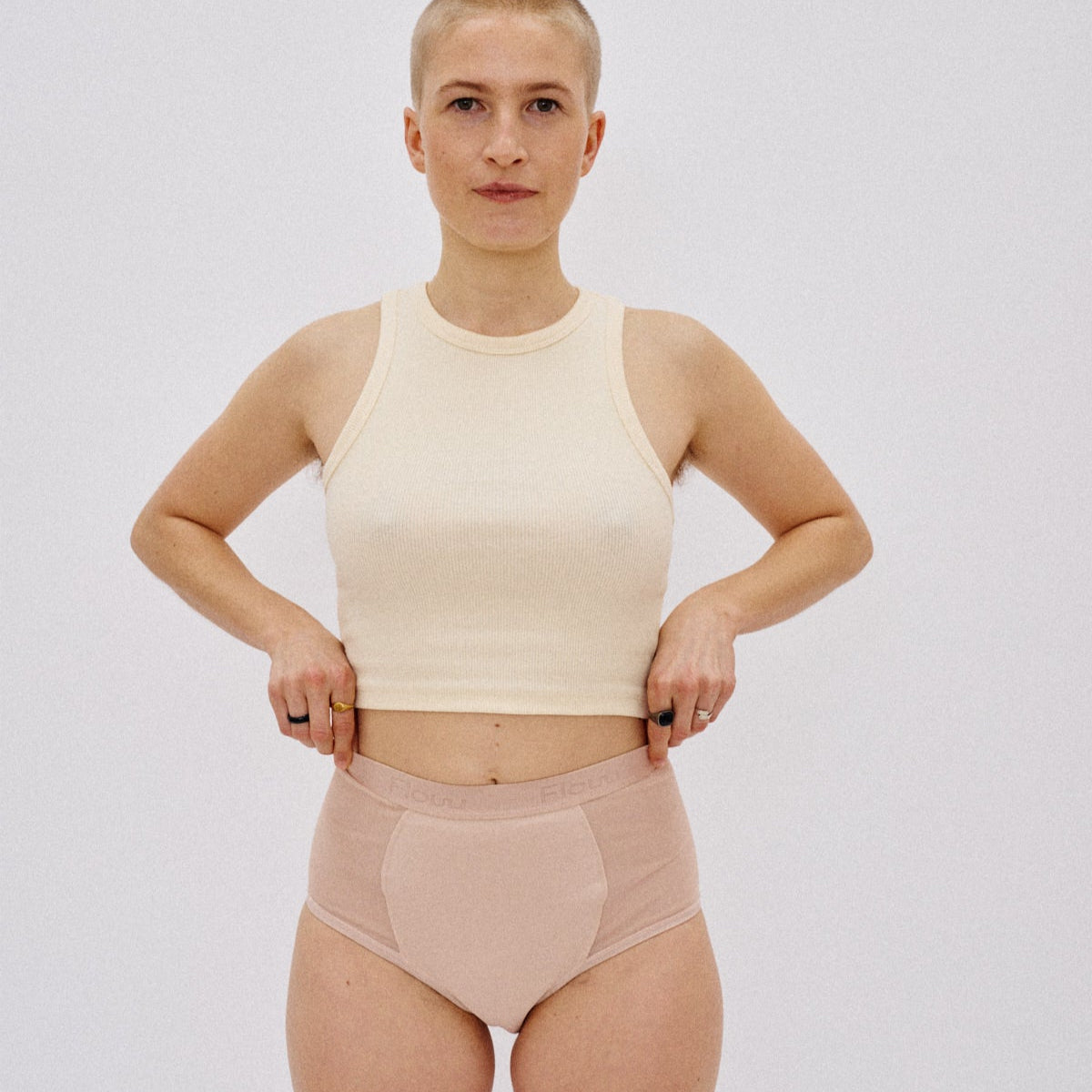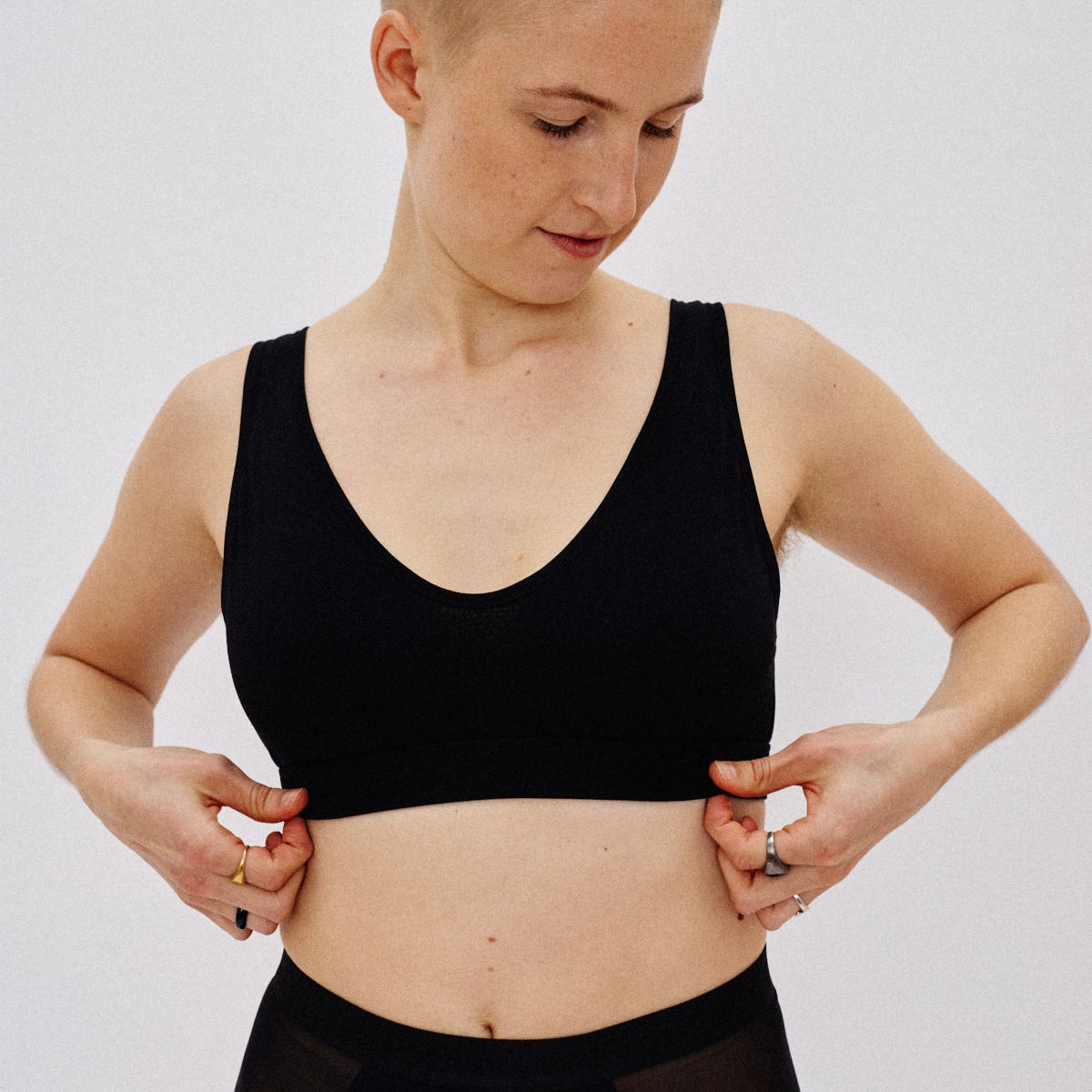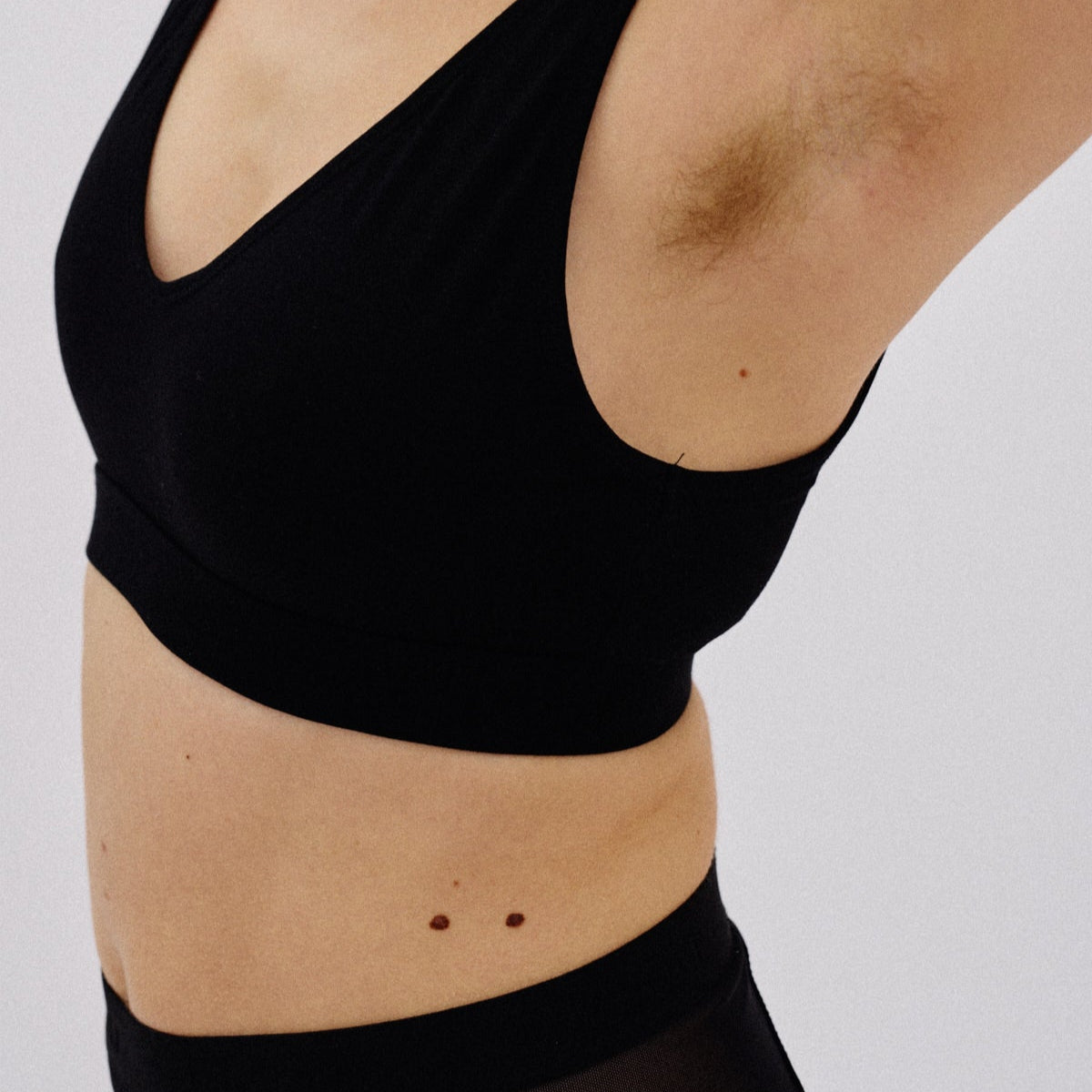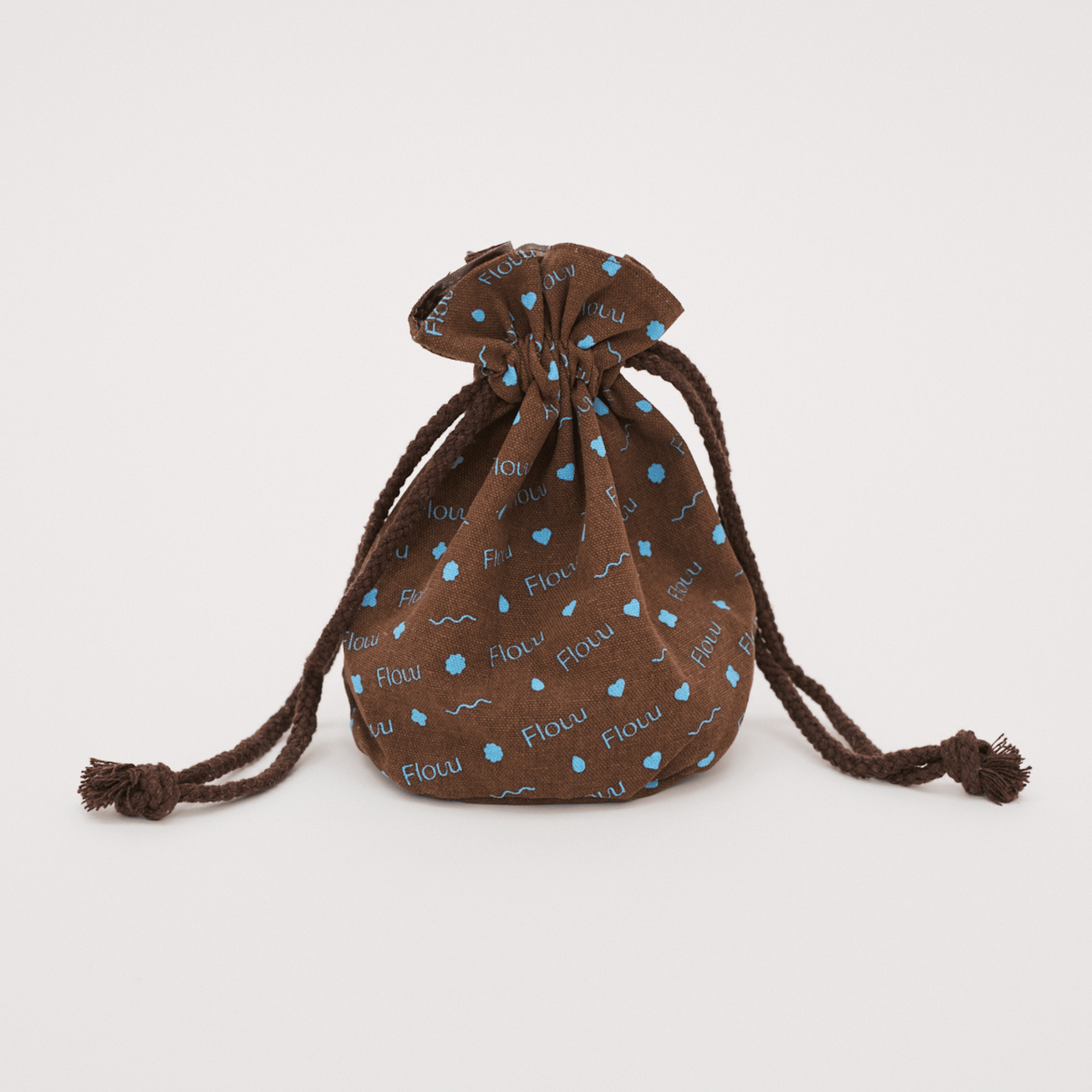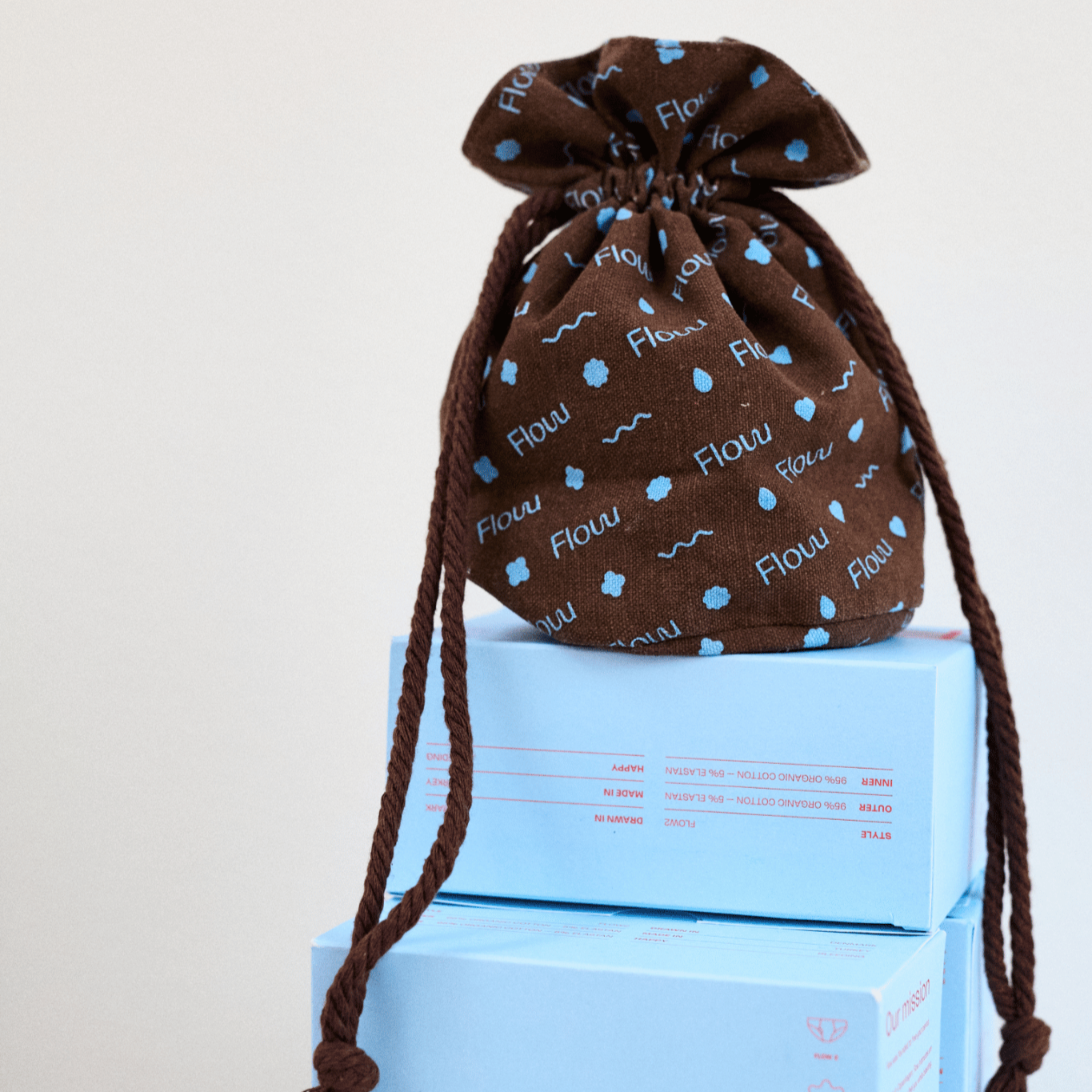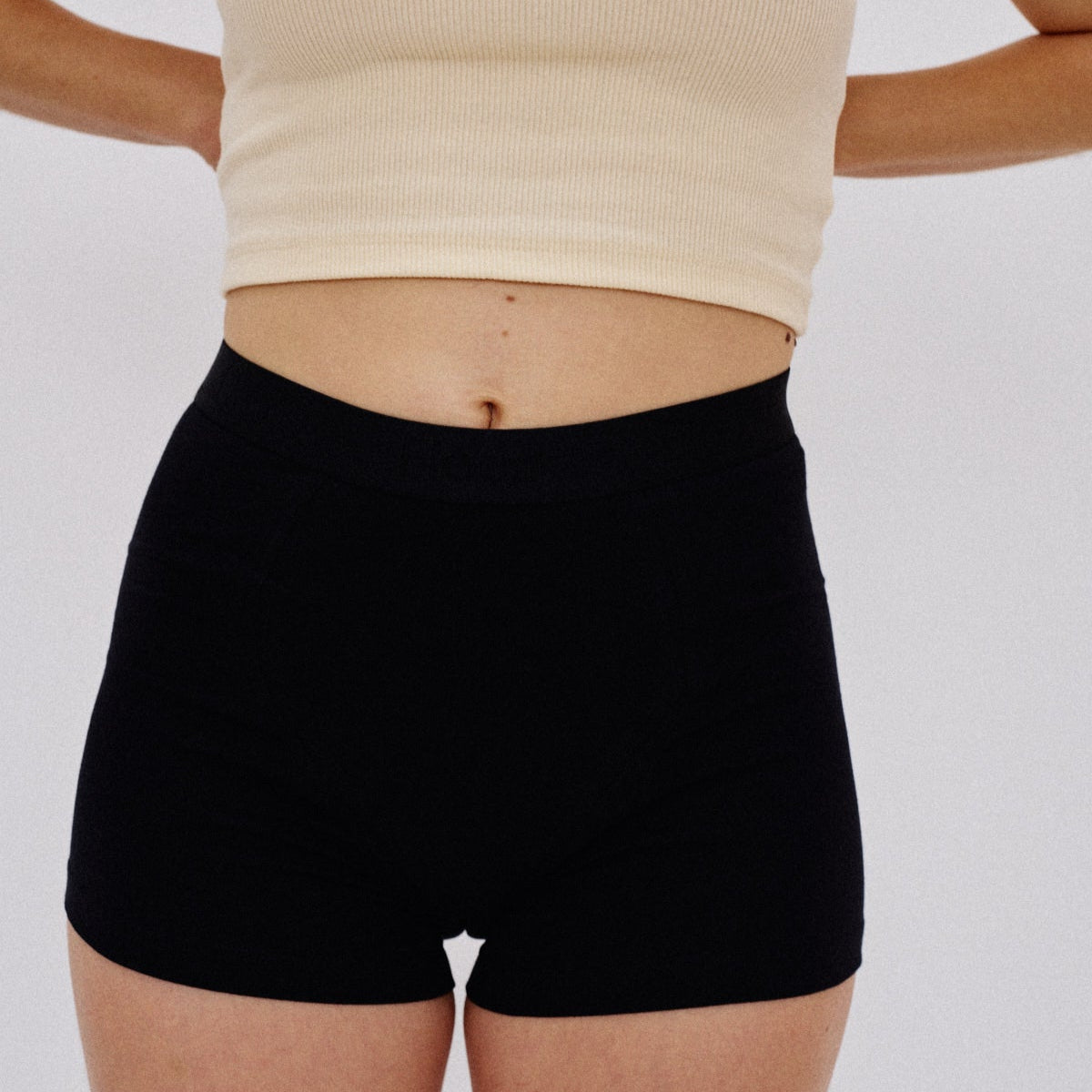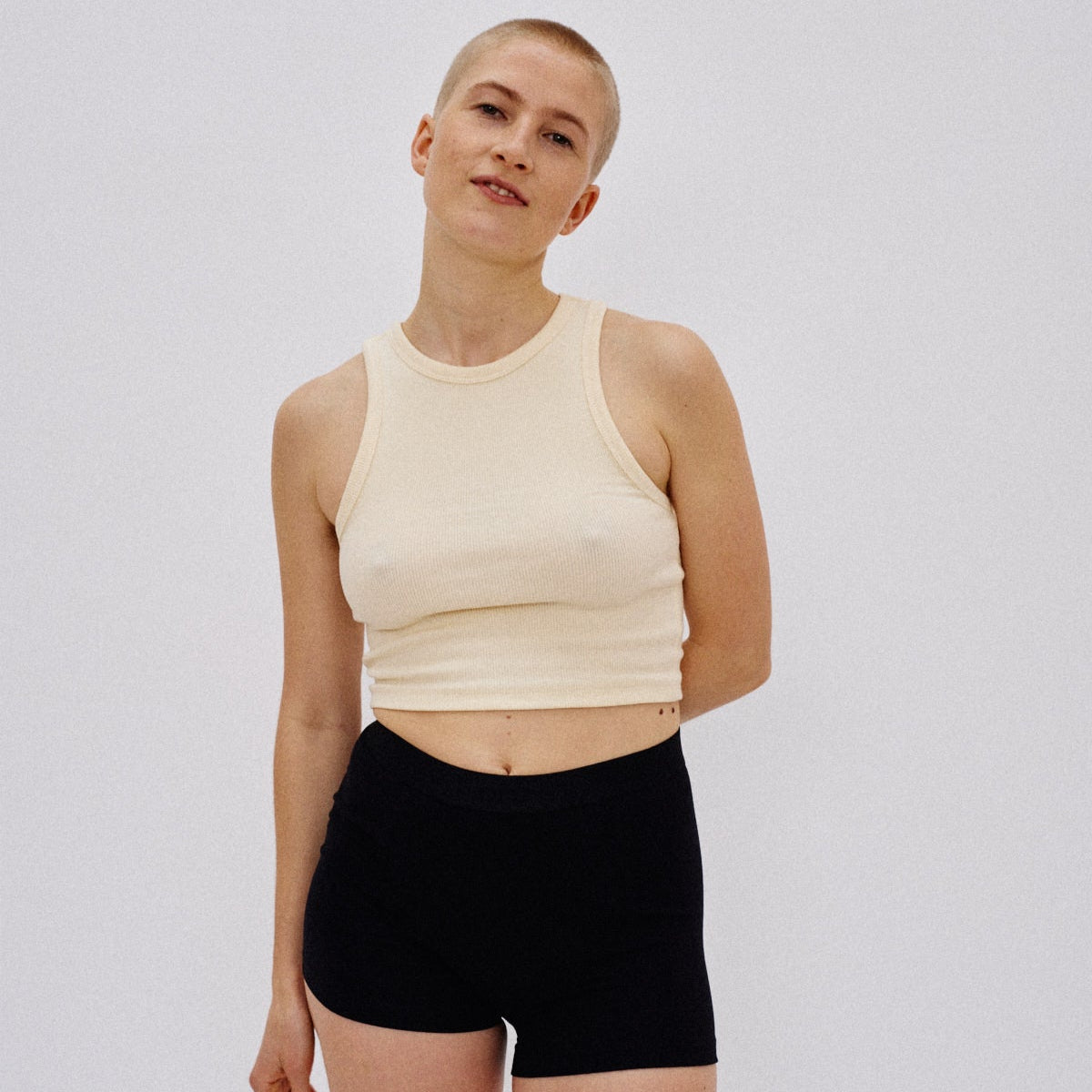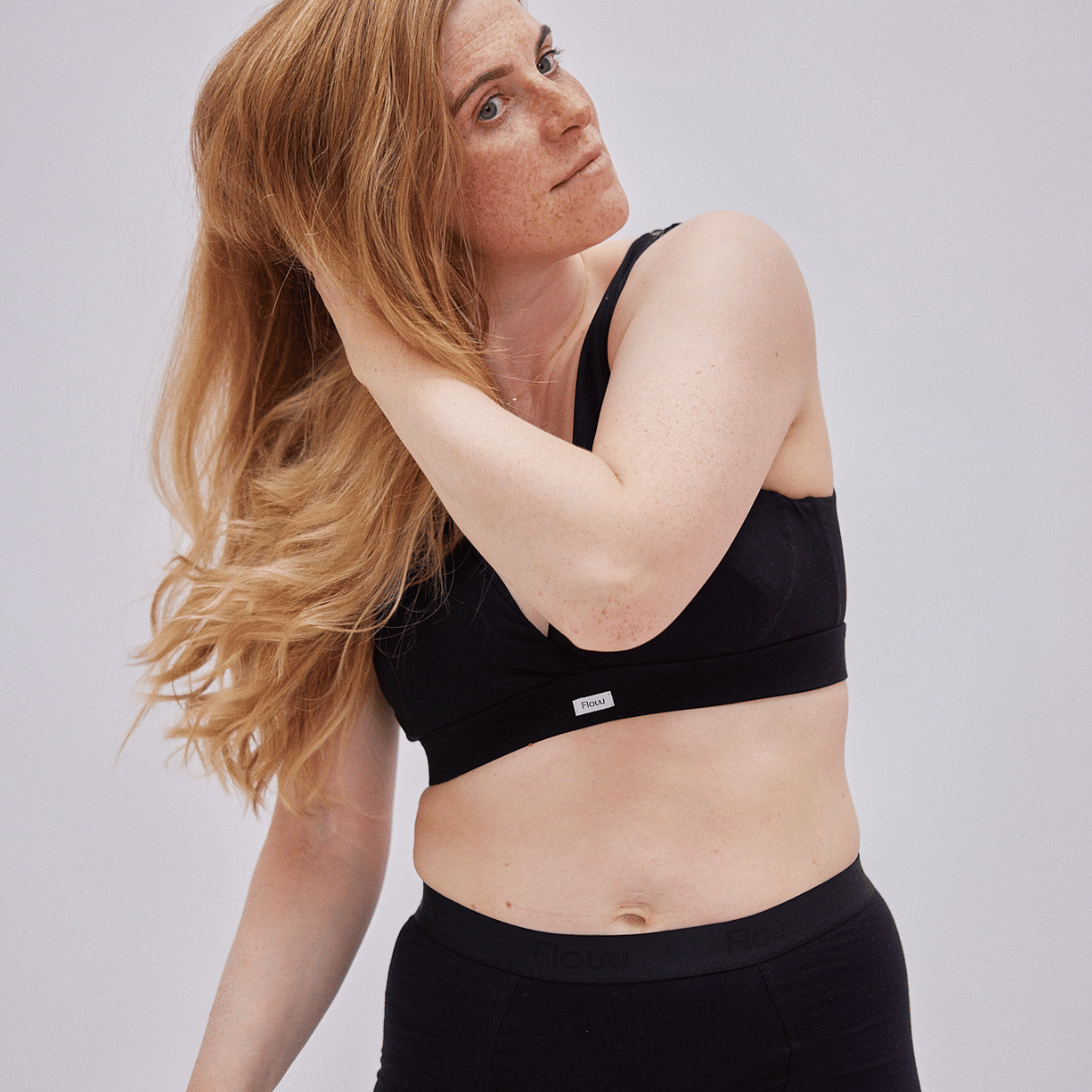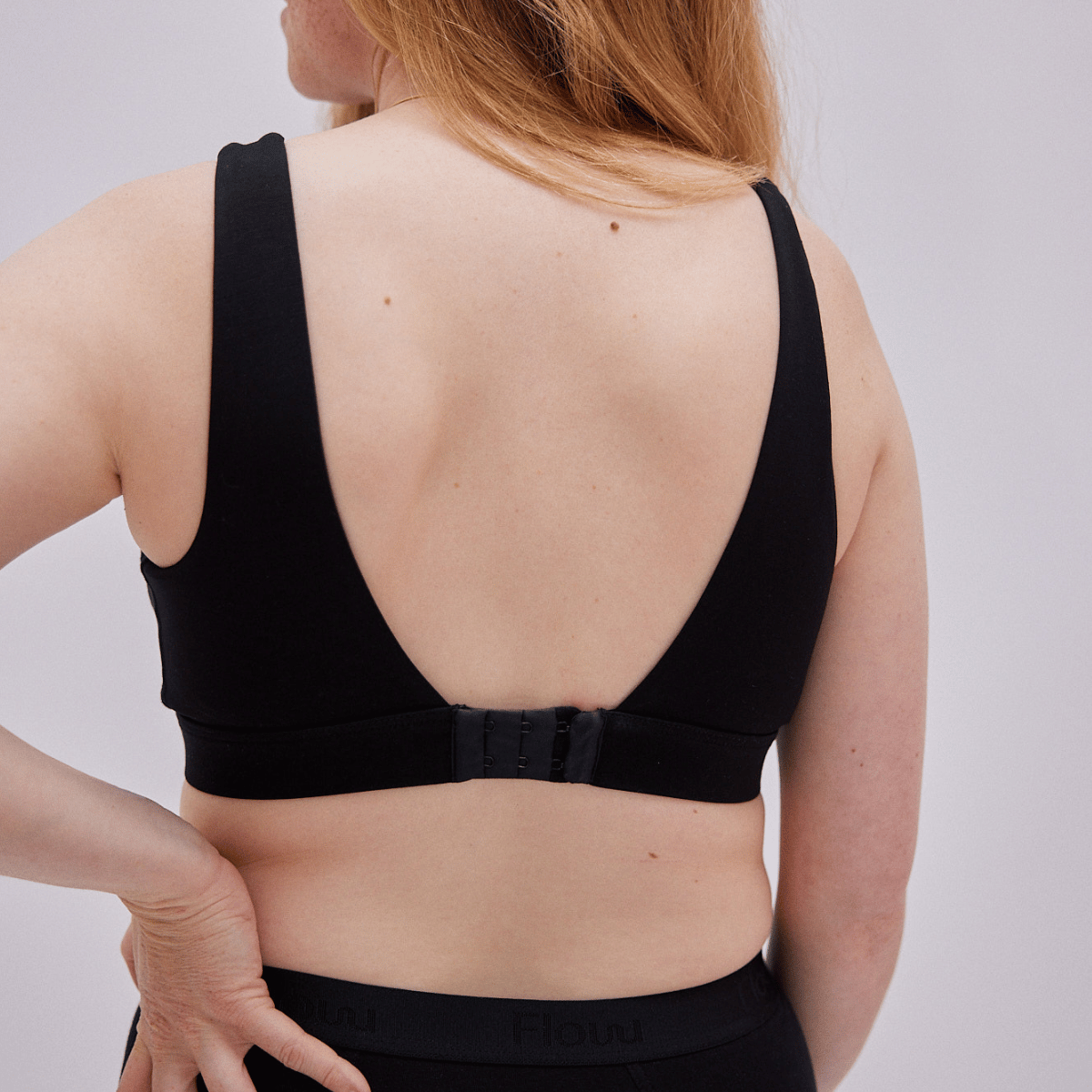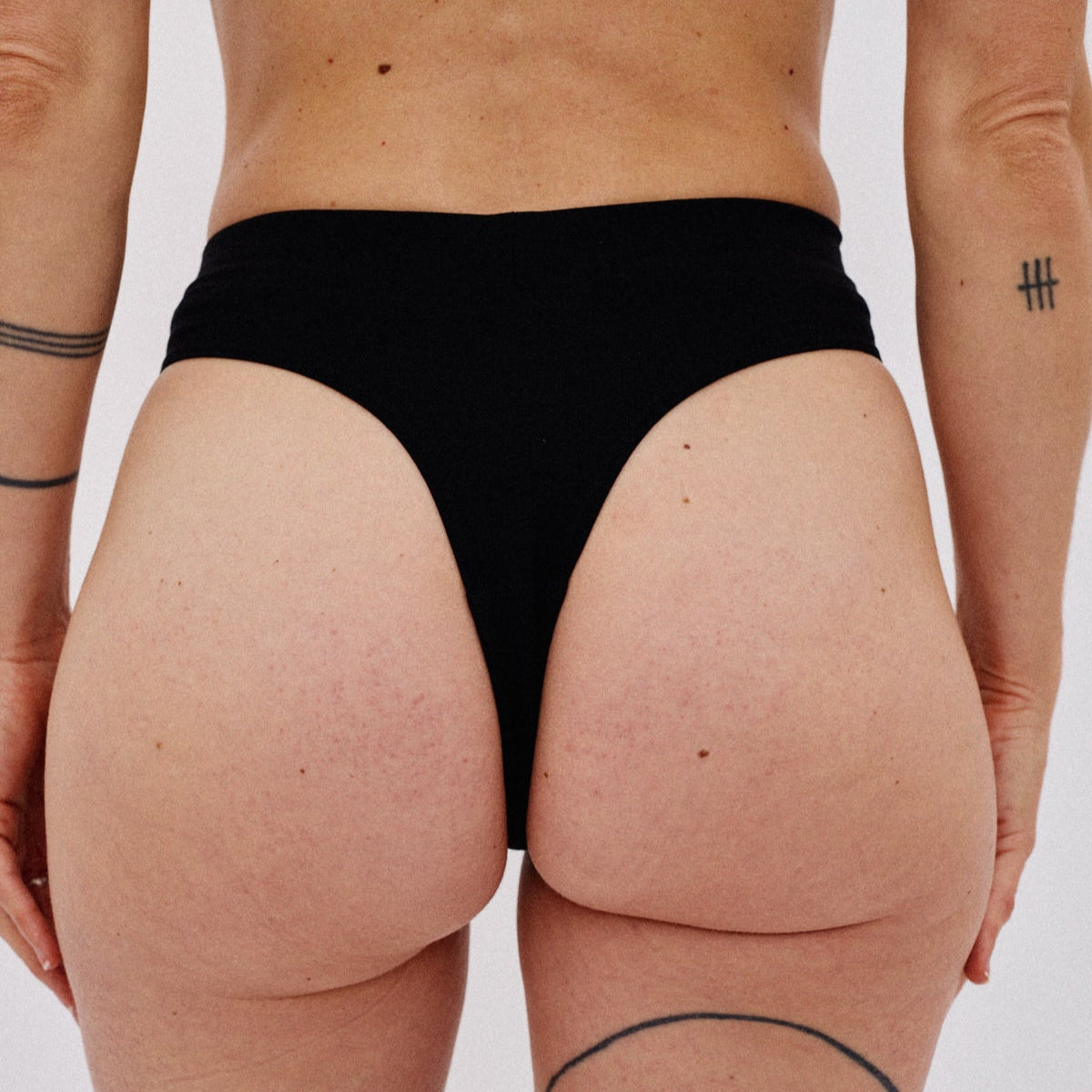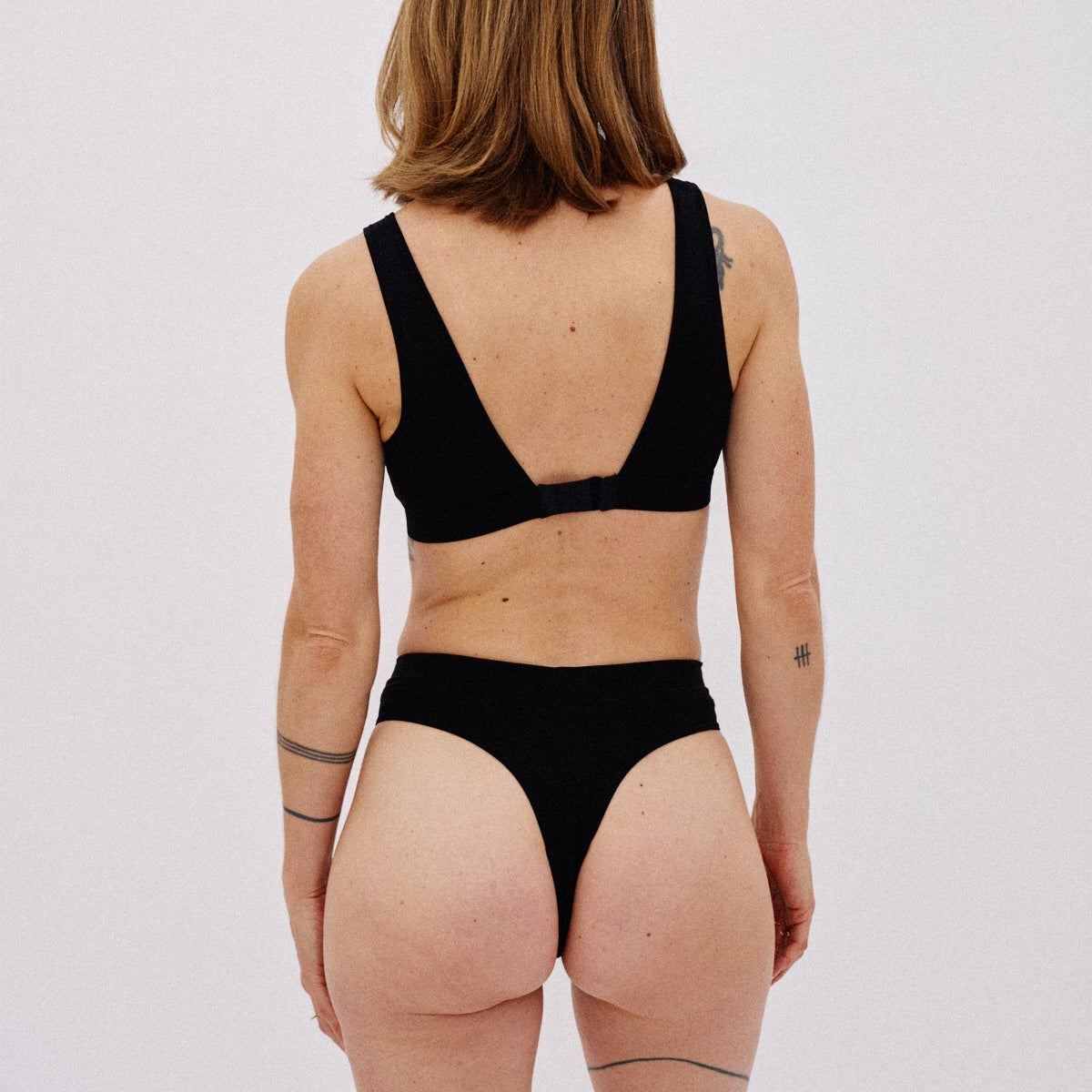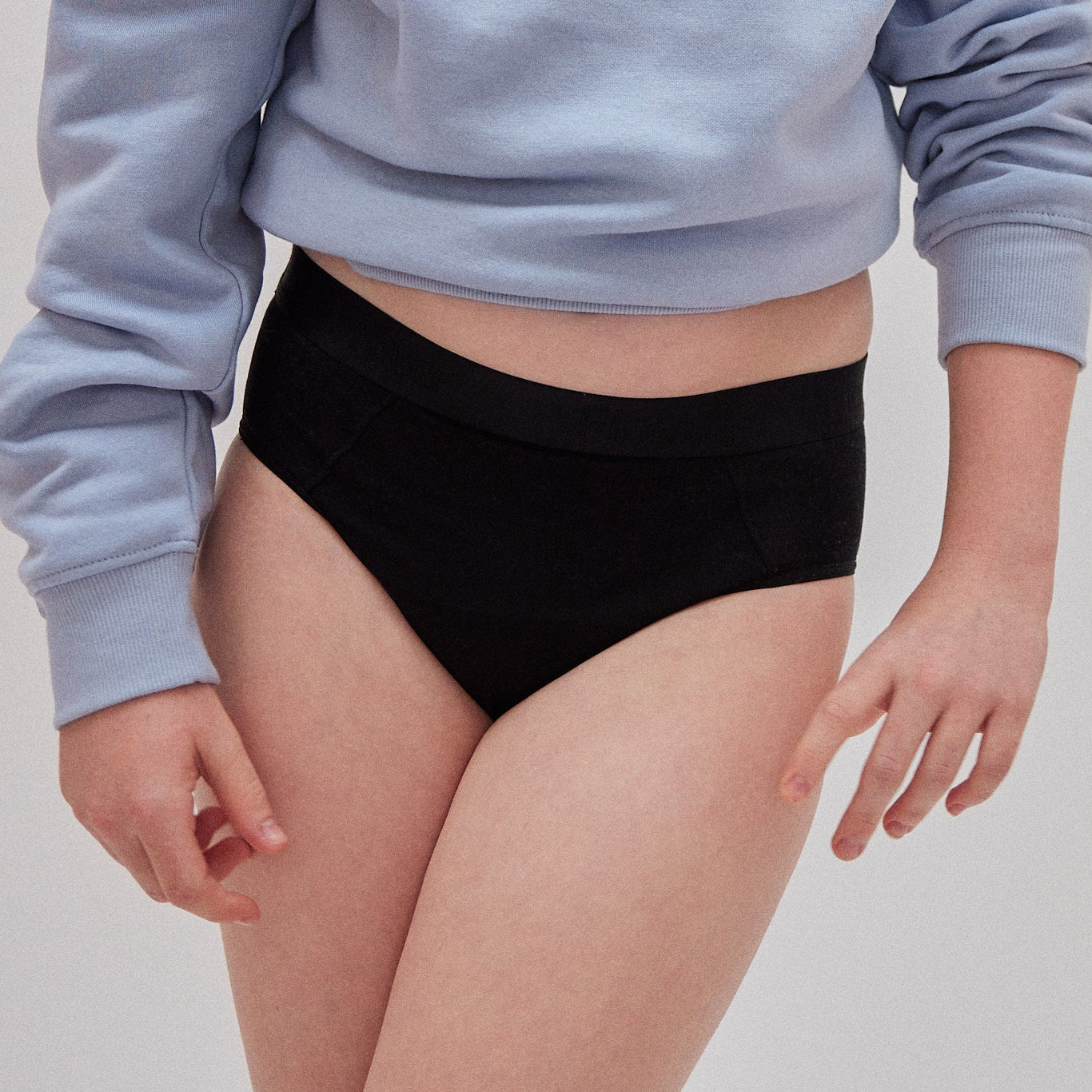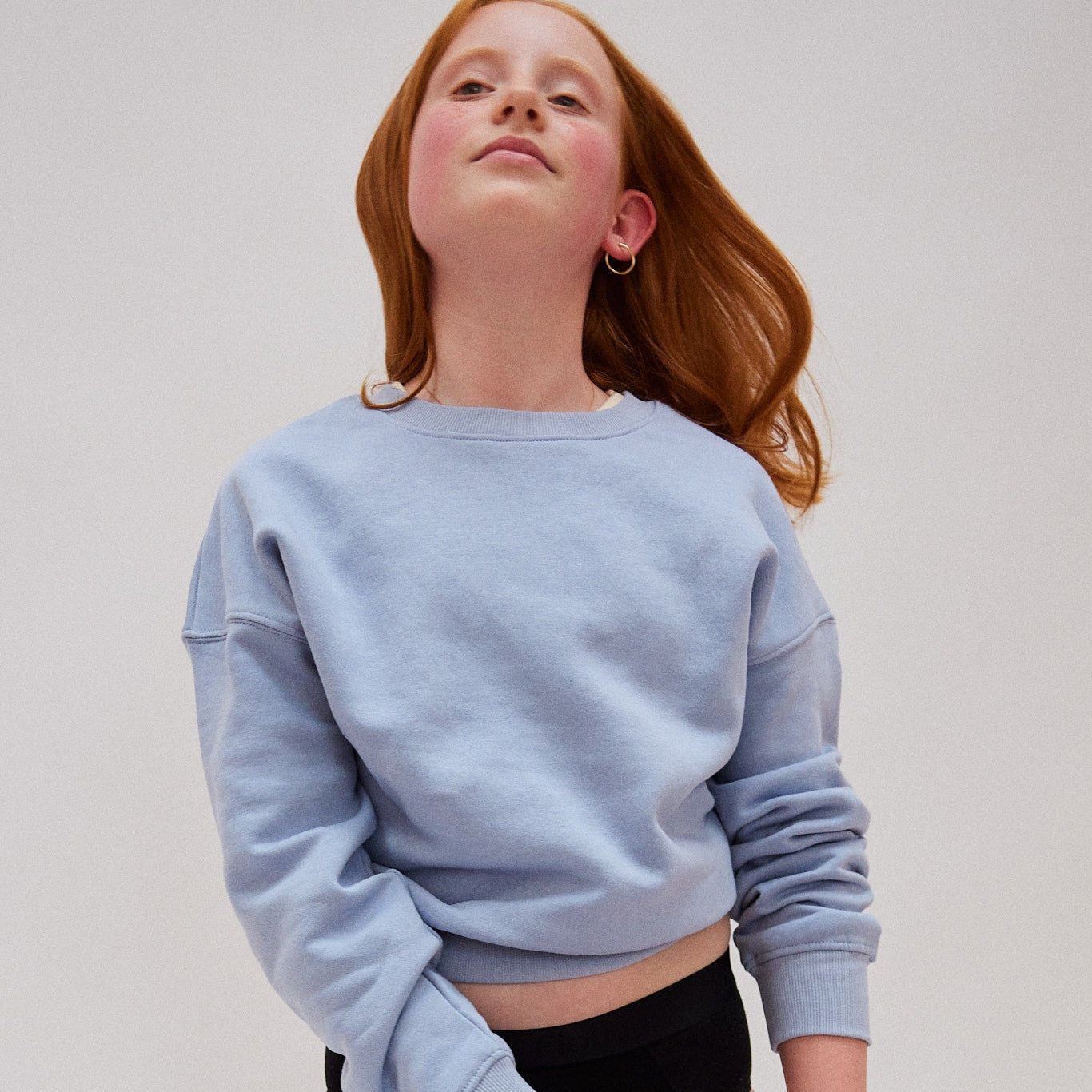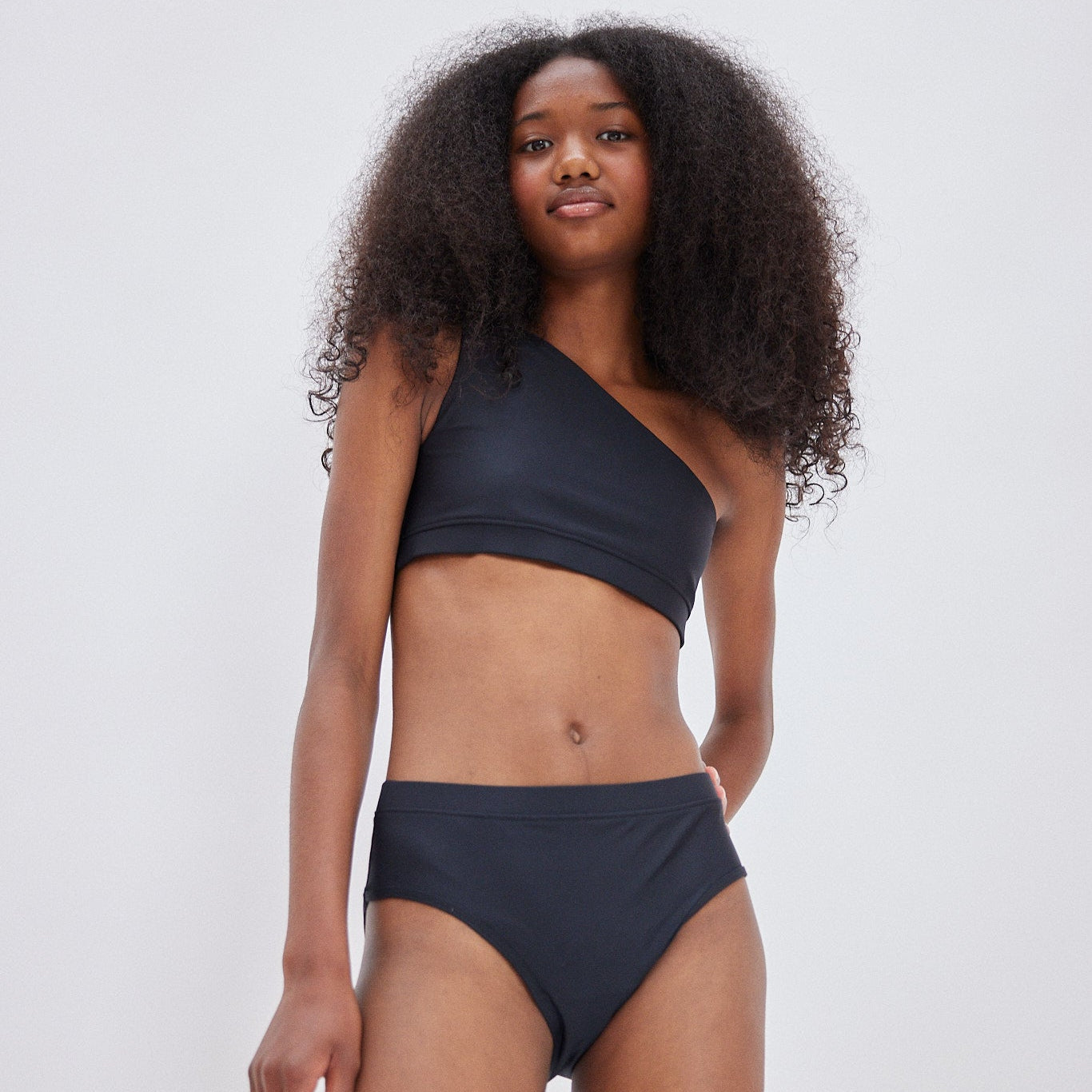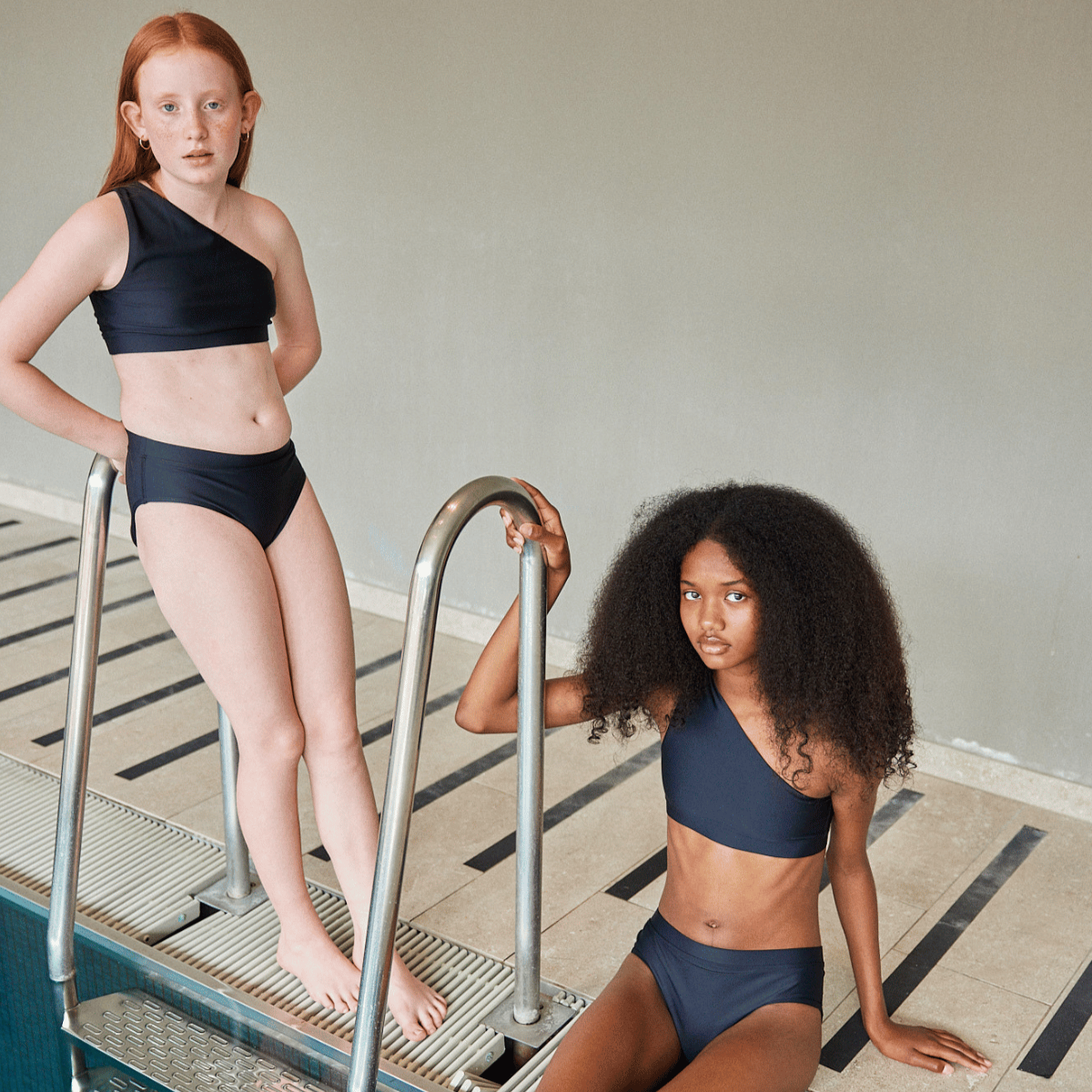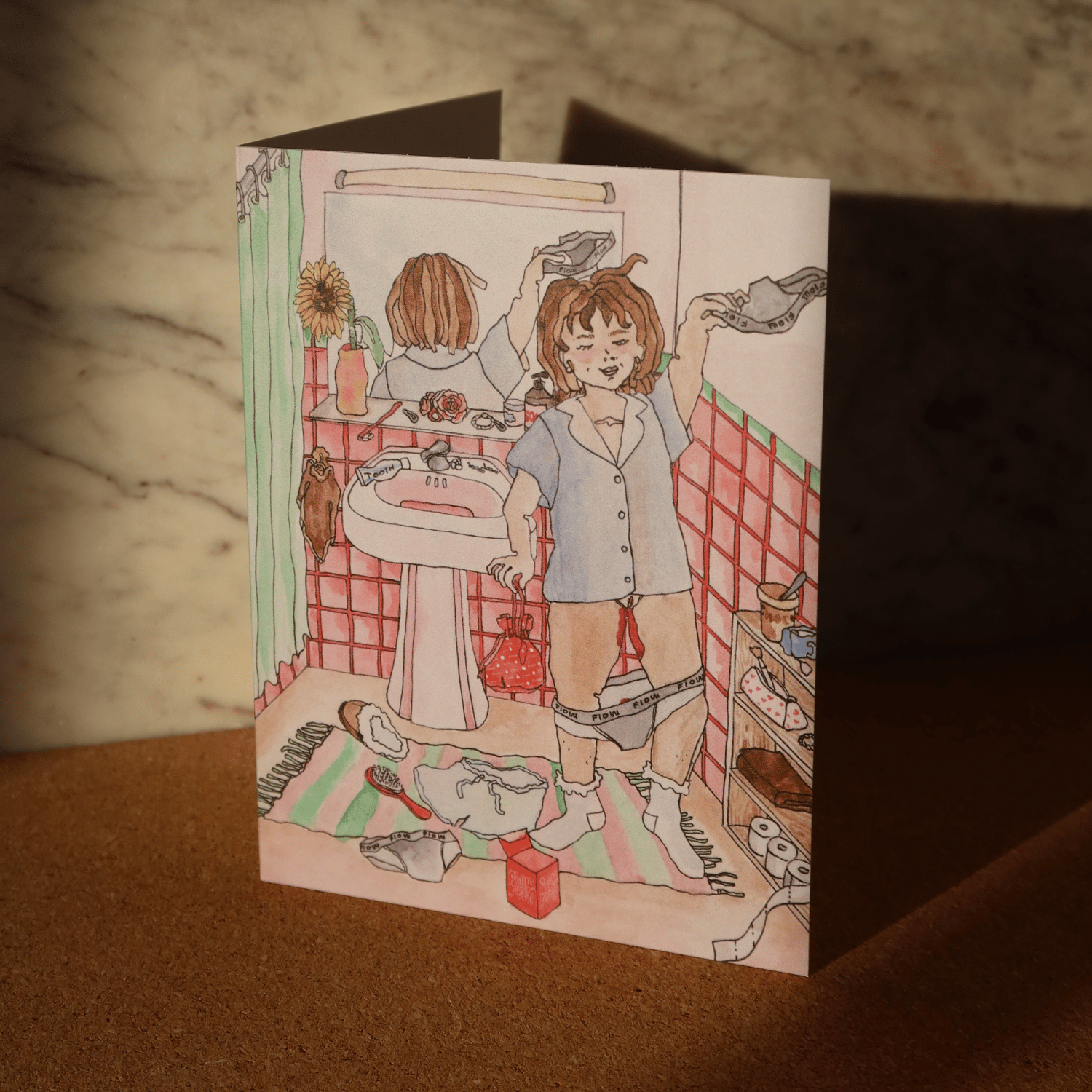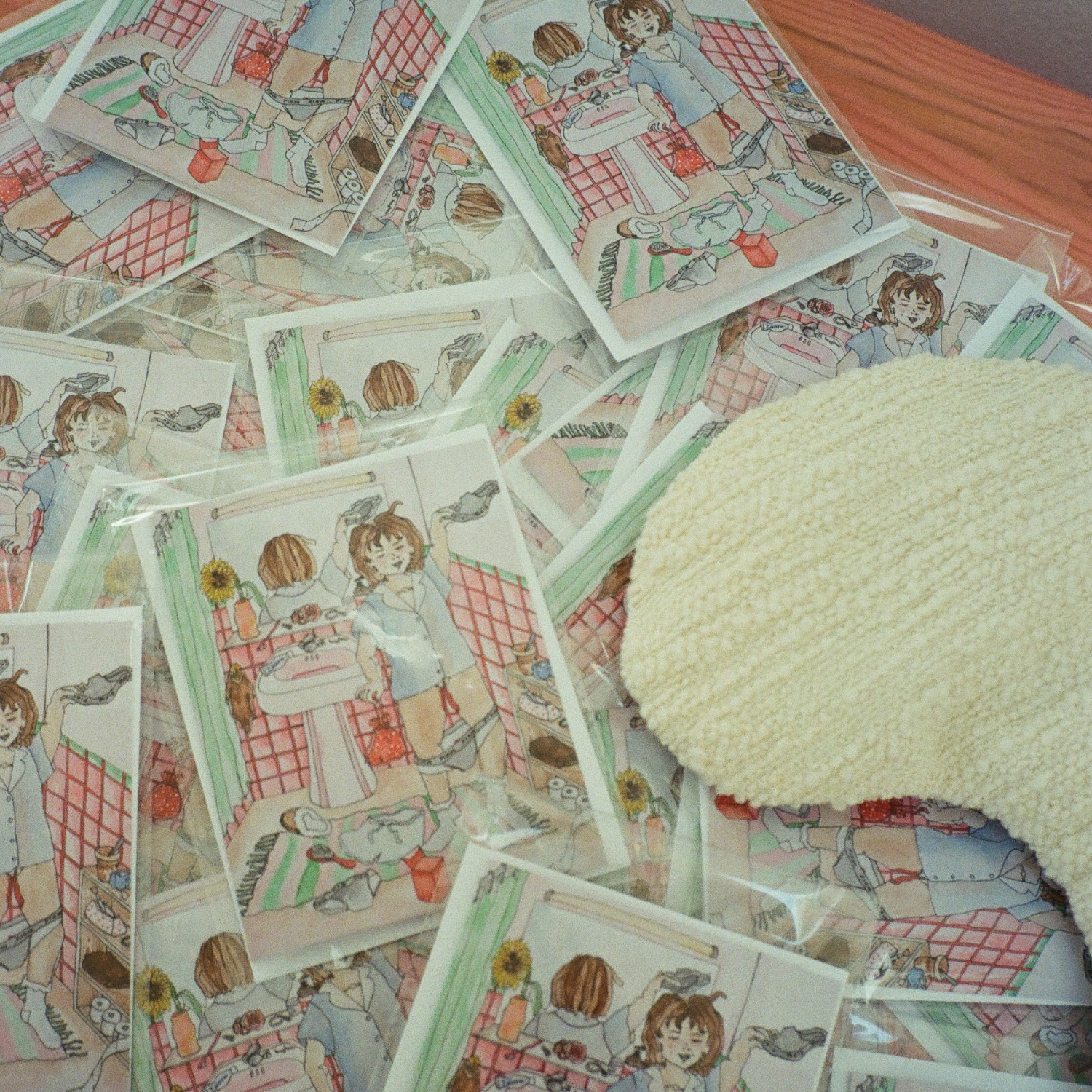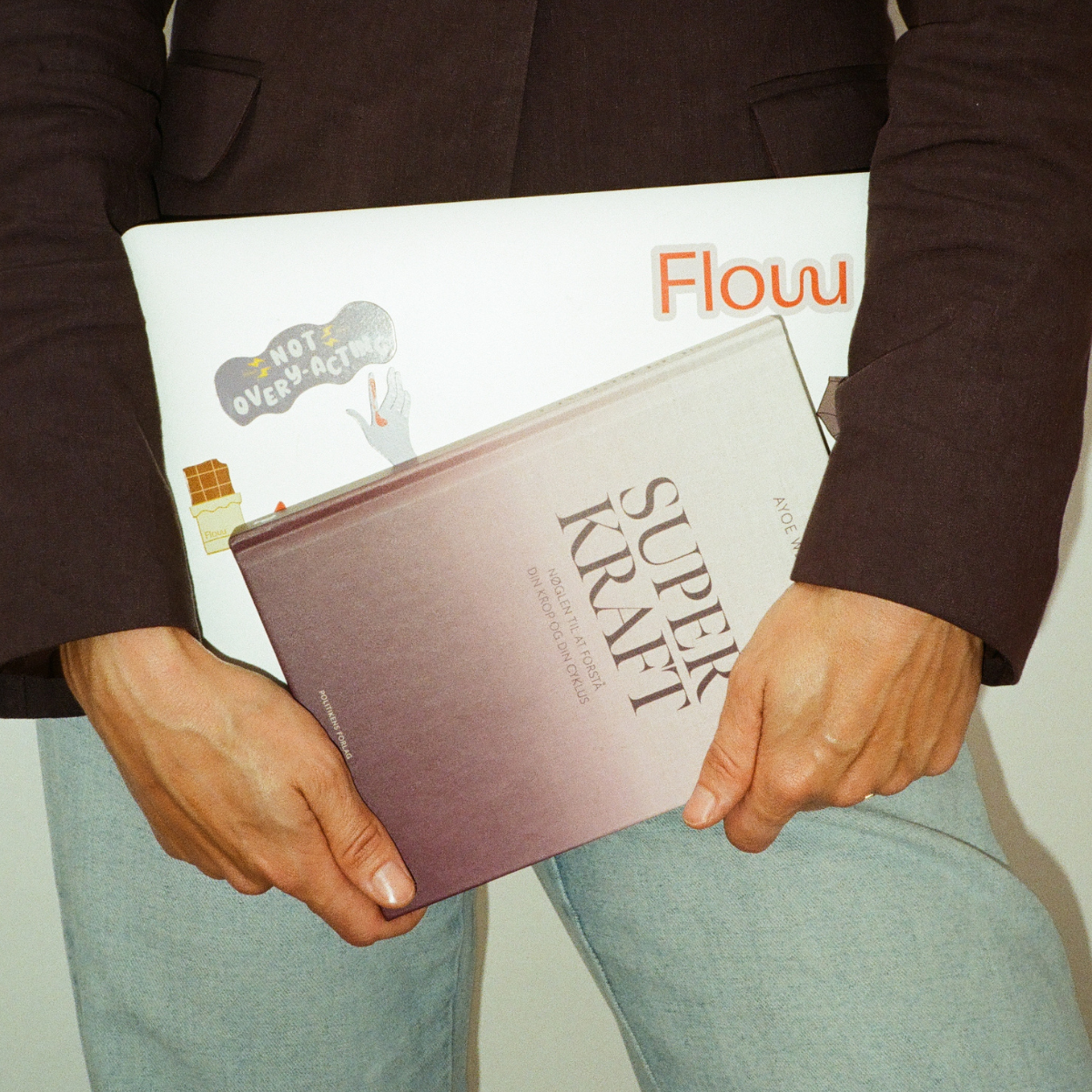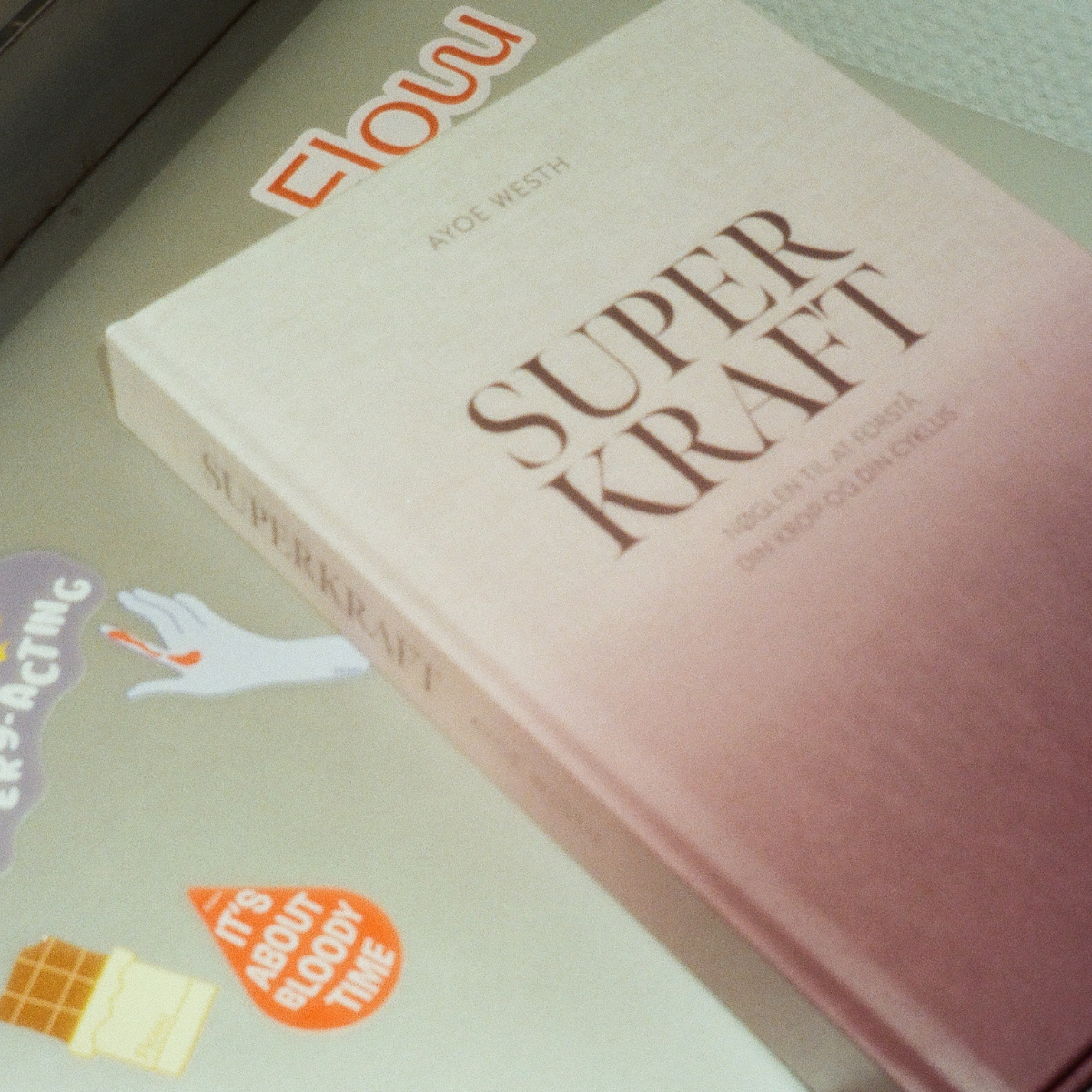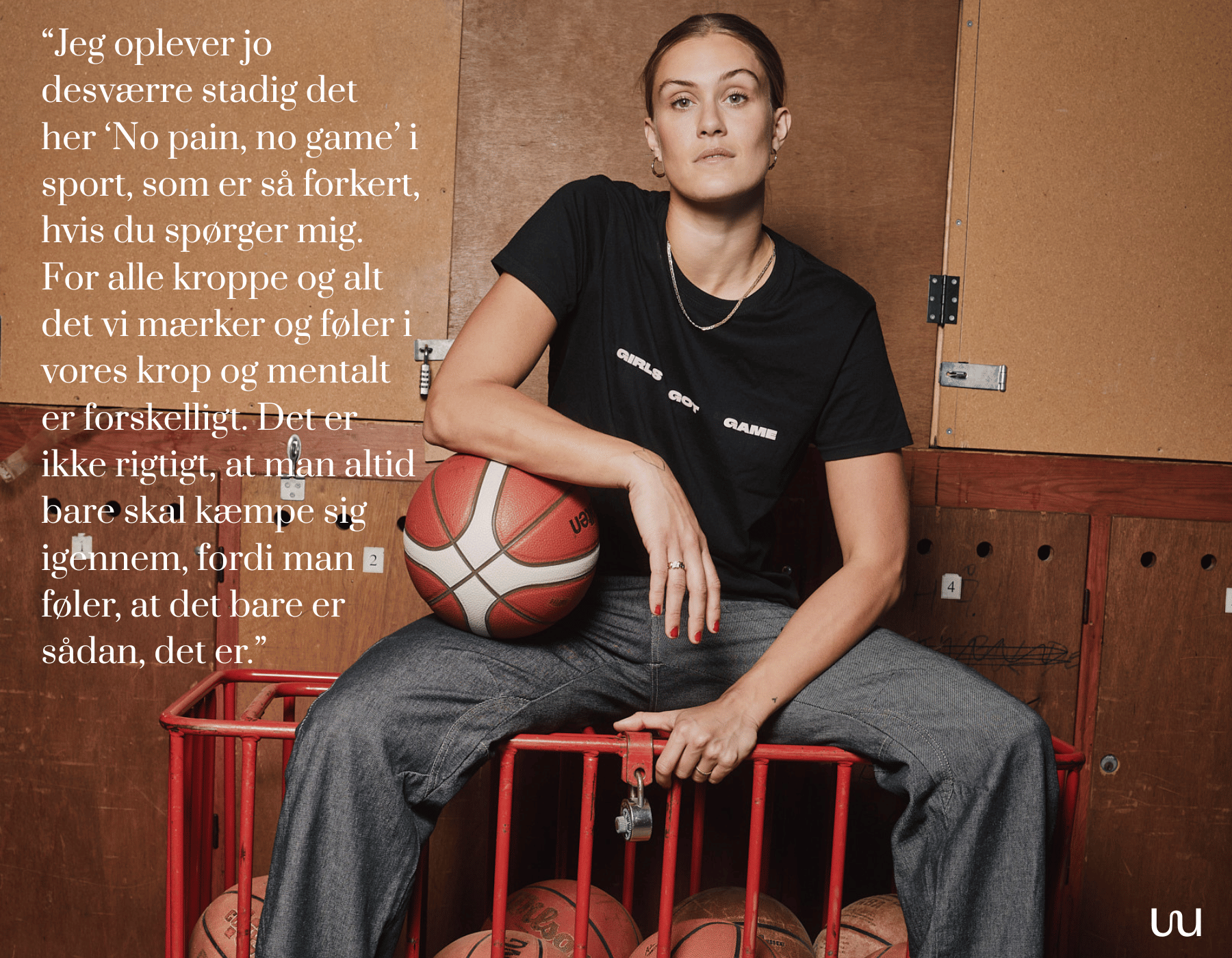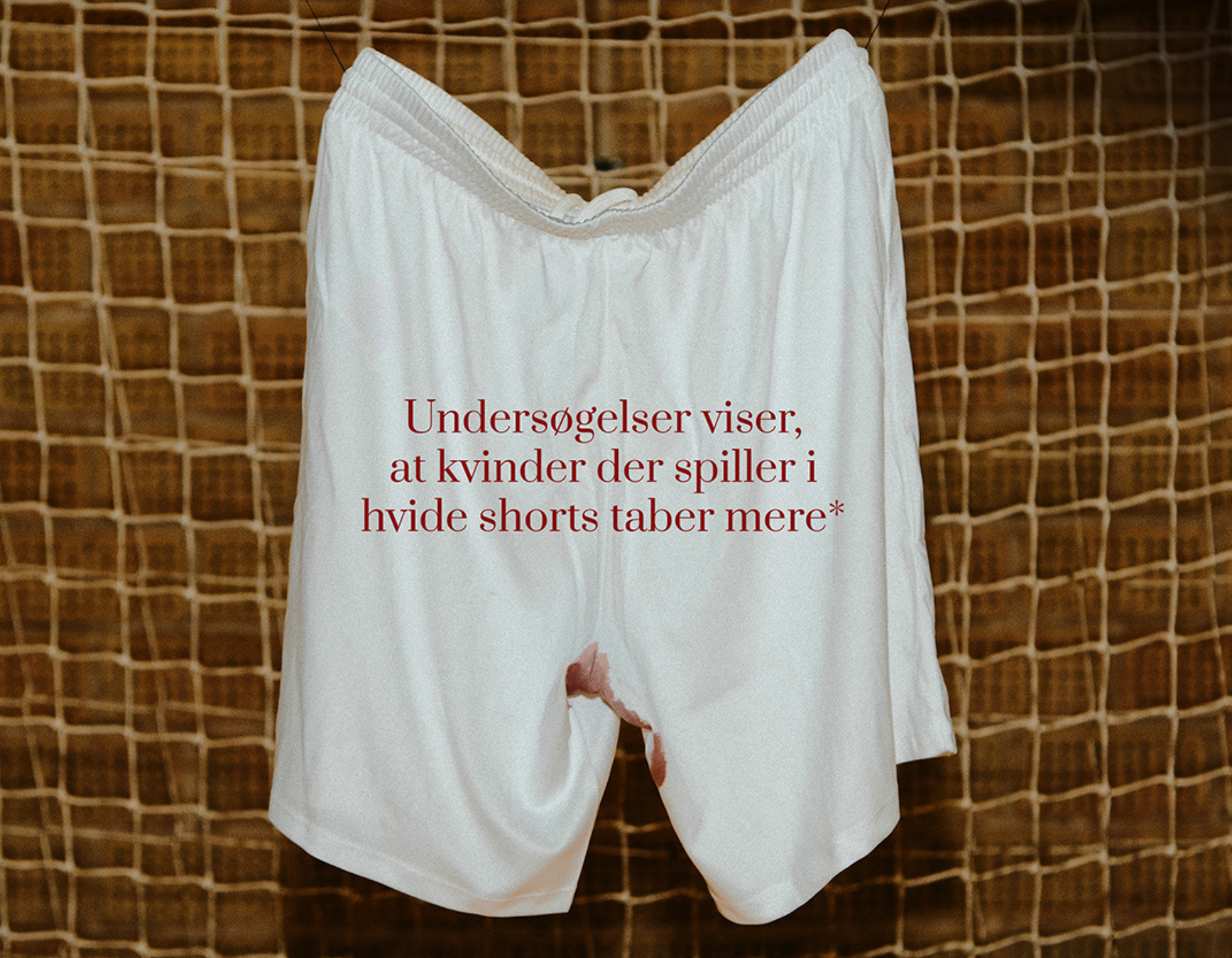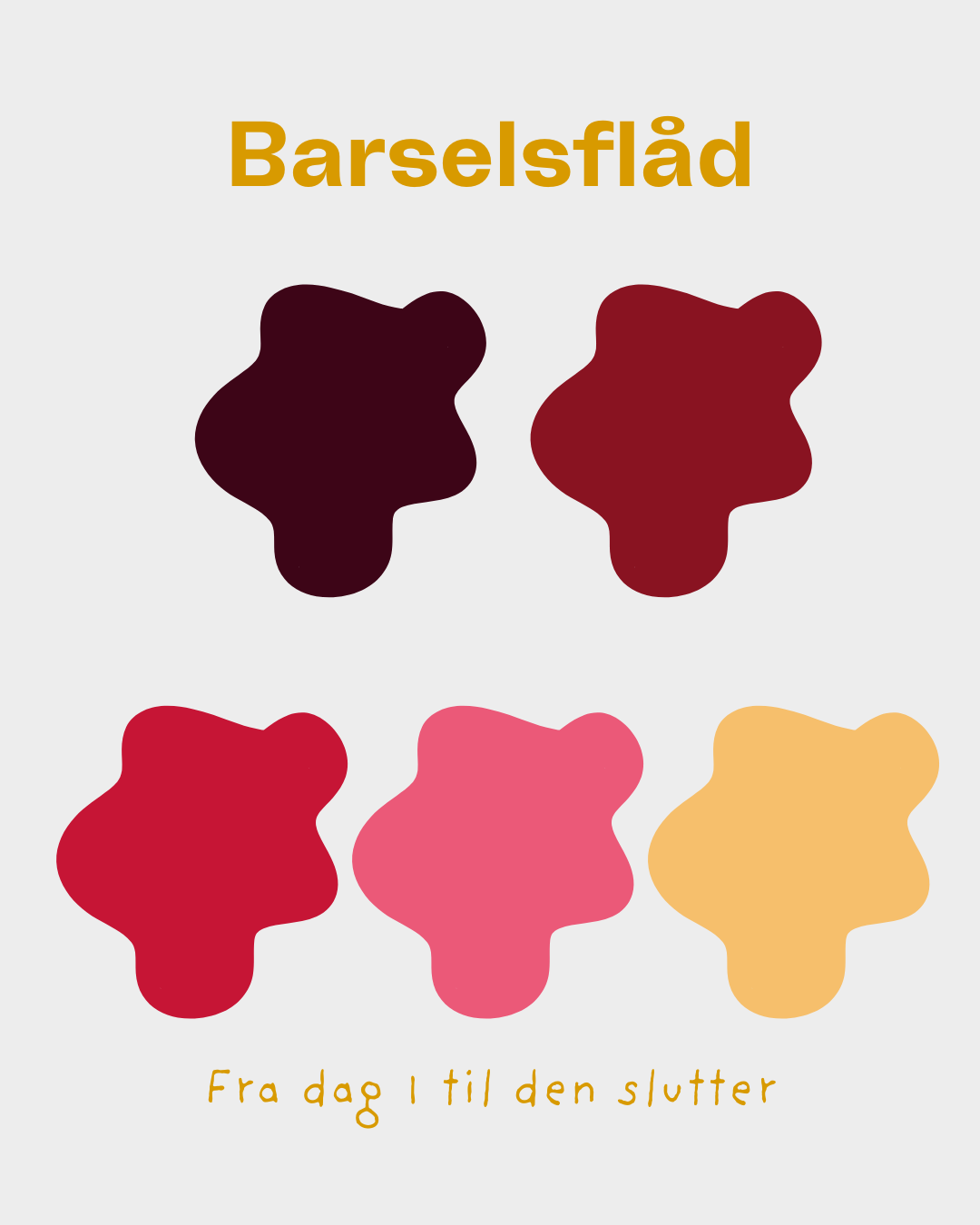Postpartum Care and Products: The Best Start to Your Postpartum Journey
Look at you! - you have just grown, nurtured and given birth to a little human being. A whole human being. And an organ (hello placenta). And now your healing begins. A big, wild healing process - both physically and hormonally. Let's get some numbers on it:
- Within 24 hours of giving birth, estrogen and progesterone levels drop by up to 90–95%.
- It typically takes the body a minimum of 3-6 months and typically much longer to stabilize hormones again. As long as you are breastfeeding, your hormone levels will be different.
-
The uterus weighs about 1 kg right after birth and shrinks to normal size (about 60–80 g) in 6 weeks.
- Muscles, joints and pelvic floor typically take 6-12 months or longer before the body is more "its own" again.
It's a huge thing you've just gone through. There's no such thing as "just snapping back." A lot has changed - for a long time and for some, forever.
But whether you have a vaginal or cesarean birth, you will experience postpartum bleeding (lochia), which can last from a few weeks to six to eight weeks. During this time, it's important to choose products that support your body's natural healing process, protect your skin, and provide peace of mind during a time when you already have a lot to take care of.
In this guide, we share practical advice on how to best care for your lower abdomen after giving birth, and which products – such as pads and menstrual panties – are suitable for the different phases of your postpartum period.

The first few days: When the bleeding is heaviest
Right after birth, bleeding is often heavy, and you will typically need to change frequently. While we would love for you to use your Flows, most people will experience bleeding so heavily that soft, breathable disposable pads, preferably in organic cotton, designed for postpartum are the best choice.
Choose materials carefully
Last year, a major study came out about chemicals and heavy metals in pads and tampons. So choose quality here: Avoid plastic surfaces, perfumes and synthetic fibers – they can irritate and delay healing. Instead, go for Nordic Ecolabelled disposable products, preferably made from bamboo or organic cotton, which allow the skin to breathe.
After the first week: Transition to menstrual panties
Once your bleeding subsides, you can start switching to maternity period panties . You'll probably feel like this: HOORAY! Because you're going crazy with disposables and the diaper-like feel. Period panties are more comfortable, environmentally friendly, and can give you a sense of freedom because you don't have to deal with sticky pads and plastic. It will definitely feel like a step closer to feeling like yourself.
Benefits of postpartum menstrual panties:
-
Breathable materials: Cotton, lyocell and bamboo in particular are gentle on sensitive skin.
-
No fear of leakage: Depending on the type, they can absorb between 2–4 pads worth of fluid. But still make sure to change them regularly - you still have a wound in your uterus that is healing.
-
Environmentally friendly choice: Washable and reusable – ideal during a period of high expenses.
Select high waist models that support the stomach and do not put pressure on any caesarean section scars.
How to combine pads and panties in practice
It's hard to know what you're going to be a fan of. But it might be a good idea to have several solutions ready:
-
The first few days: 100% bandage, change often.
-
Week 2–3: Combine and switch between a pad and menstrual panties, if necessary.
-
After week 3: Only use menstrual panties when bleeding is light.
A good rule of thumb is to have 4–6 pairs of panties in rotation, so you always have a clean pair ready while others are being washed. We know you have a lot to take care of, so have your partner rinse or use an express program on cold water in the machine and take the whole stack of panties at once. Then run a regular 40-degree program, possibly withour special detergent .
Abdominal care after childbirth
Now that we're on the subject of taking care of your lower abdomen, in addition to choosing the right products, gentle care is also good for healing. So what's the best thing you can do to take care of yourself?
-
Rinse with lukewarm water instead of soap to avoid drying out. You may find that the vulva and the surrounding area are super swollen in the first few days after giving birth, so soap residue that is difficult to rinse off can become stuck and irritate the skin.
-
If you are sore, consider using a flushing bottle instead of toilet paper after using the toilet.
-
Let your skin breathe as much as possible – especially if you have stitches. Lie down for a while without underwear and tie a towel around your waist, for example, so that your lower abdomen can breathe.
-
Avoid tight panties (and pants! Not that you want to, but it just shows) or synthetic fabrics, which can create moisture and irritation.
When should you switch to regular panties?
When the discharge becomes more transparent and sparse (typically after 4–6 weeks), you can gradually return to your regular panties. Or use our Everyday underwear with low absorption . Many new mothers continue to wear menstrual panties for a longer period – both for comfort and reassurance, especially if the cycle returns quickly. Or for lighter incontinence postpartum.
A quiet piece of advice at the end
Your body has just gone through something extraordinary. The most important thing you can do is listen to yourself – and choose products that make you feel safe, dry and comfortable. You need that for you - both for practicality and for the sake of niceness.

